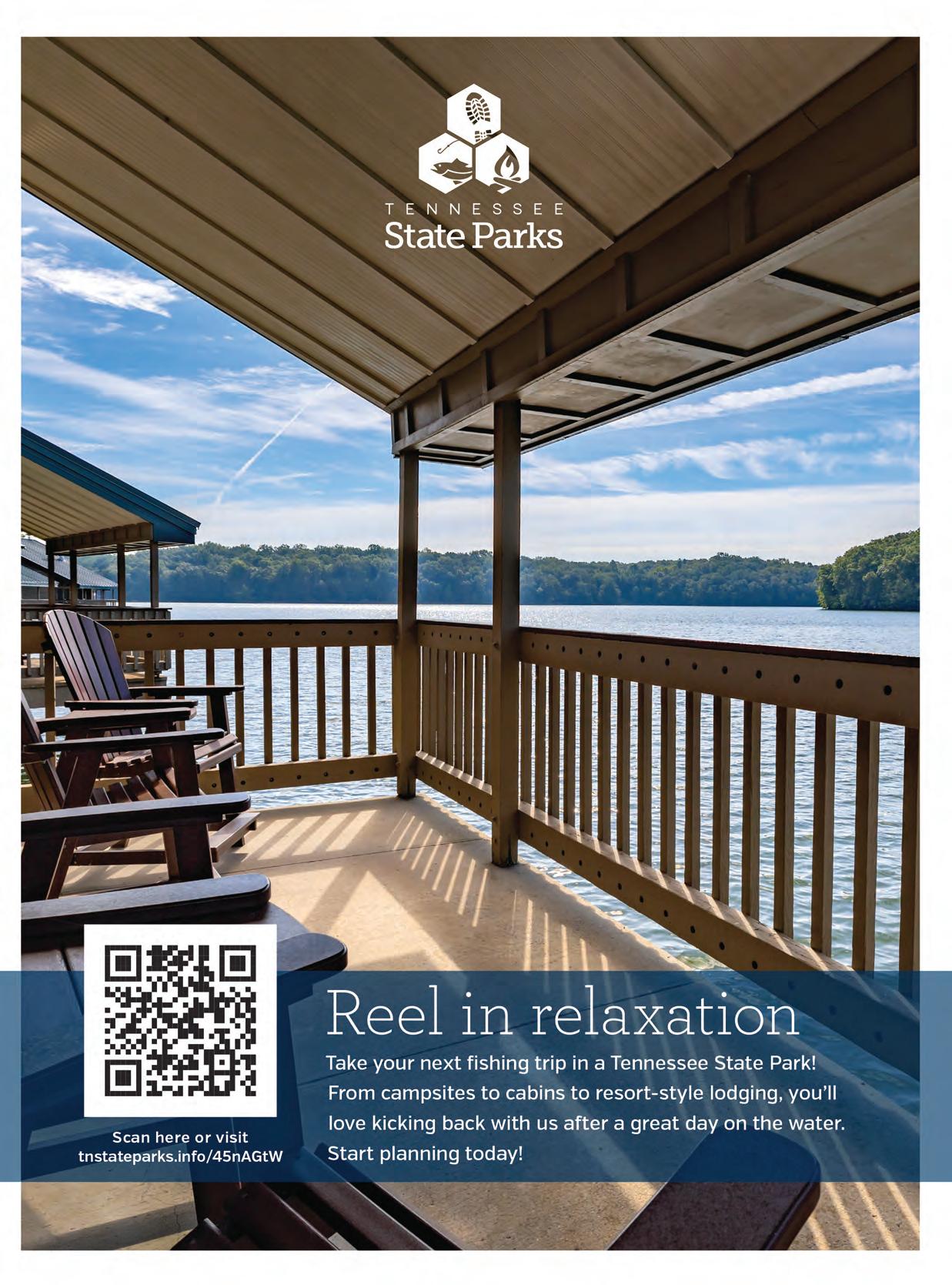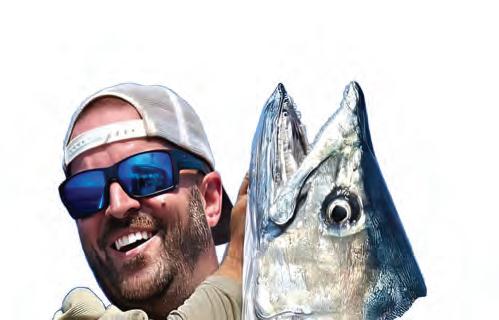

TIGHT BUDGET KINGS


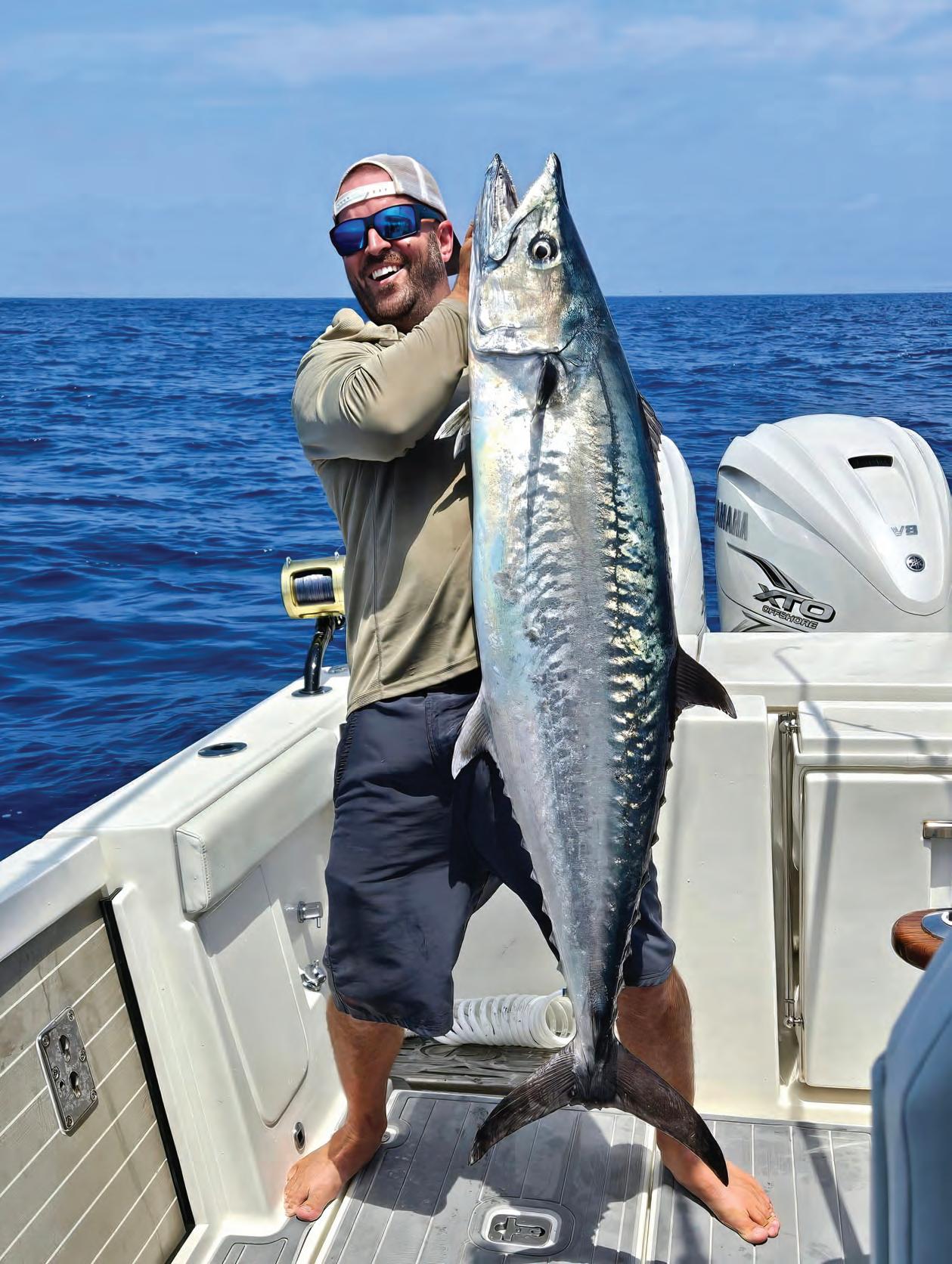

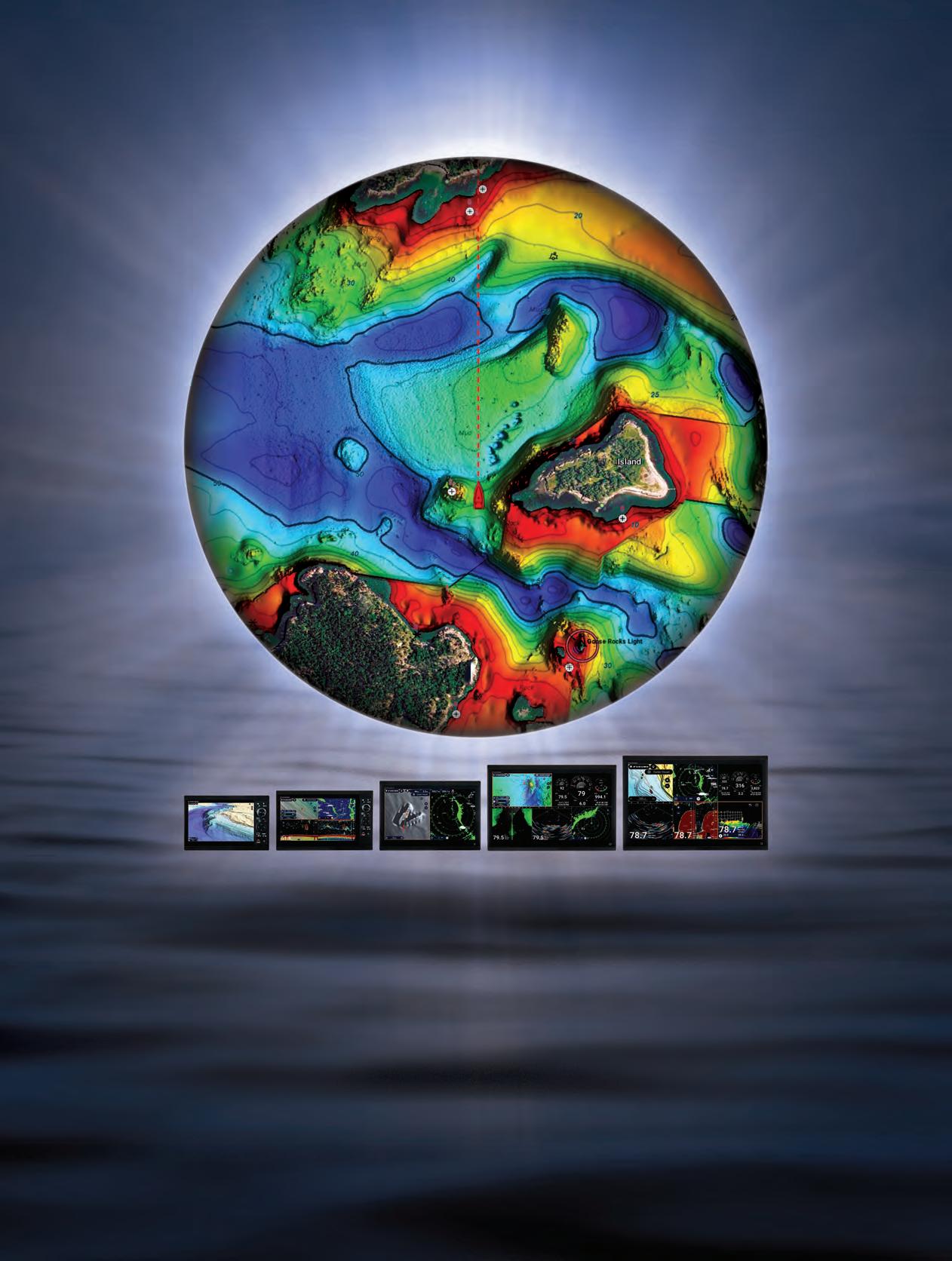
ou want new charts?
You got new charts! Explore the ocean with vibrant terrain & depth shading, using all-new TZ MAPS. Don’t just take our word for it. See for yourself. Scan here, and we’ll show you!











navigating peace of mind
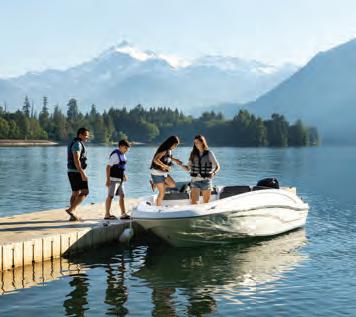






THE IMPORTANCE OF BOAT INSURANCE
Embarking on the open water is an exhilarating experience, flled with the promise of adventure and relaxation. Whether you’re a seasoned sailor or a weekend cruiser, protecting your vessel with proper insurance is not just a choice—it’s a necessity. Explore the reasons why every boat owner should prioritize boat insurance for a worry-free voyage.
Unpredictable waters
The open water can be unpredictable, with unexpected storms, collisions, or other potential accidents. Boat insurance can give you fnancial protection if there is damage to your vessel, providing coverage for repairs or replacement.
Damage and injury
Accidents on the water can result in damage to other boats, docks, or even injuries to passengers. Boat insurance offers liability coverage, which can pay for damages or injuries you’re liable for while boating, up to specifed limits, and lawsuit costs if you’re sued. This includes damage you cause to another watercraft or if someone on or near your boat is injured and you’re found to be legally responsible.
Theft and vandalism
Unfortunately, boat theft and vandalism are realities that boat owners face. Boat insurance has comprehensive and collision coverage that can protect you against events outside of your control, including theft and vandalism.
Incurred medical payments
Accidents on the water may lead to injuries for you or your passengers. Boat insurance offers a range of optional medical payments coverage limits, helping to cover medical expenses if you are in an accident or someone is hurt on your boat, regardless of fault.
Peace of mind for fnancing
If you fnanced the purchase of your boat, most lenders require insurance coverage to protect their investment. Having boat insurance not only fulflls these requirements but also gives you peace of mind knowing that your fnancial interests are safeguarded.
Navigational fexibility


Some water municipalities and marinas may require proof of insurance for docking or accessing certain areas. Boat insurance allows you the fexibility to explore different destinations without worrying about entry restrictions.
Emergency towing and assistance
Progressive boat insurance can include optional Sign & Glide® On-Water Towing coverage. If your boat is disabled or breaks down on the water, Sign & Glide® pays for on-water towing, jump starts, soft un-groundings, and fuel delivery.
Wreckage removal
If your boat sinks, Progressive boat insurance will cover the cost of removing your boat from the water (if removal is legally required).
Investing in boat insurance is not just about protecting a valuable asset; it’s about safeguarding the memories, experiences, and joy that come with your on-water adventures. Don’t let unforeseen circumstances disrupt your journey—navigate with confdence, knowing that Progressive boat insurance has you covered. Ensure a smooth and worry-free voyage, because when it comes to your boat, peace of mind is the ultimate luxury.
Scan to get a quote in as little as 4 minutes
learn more.




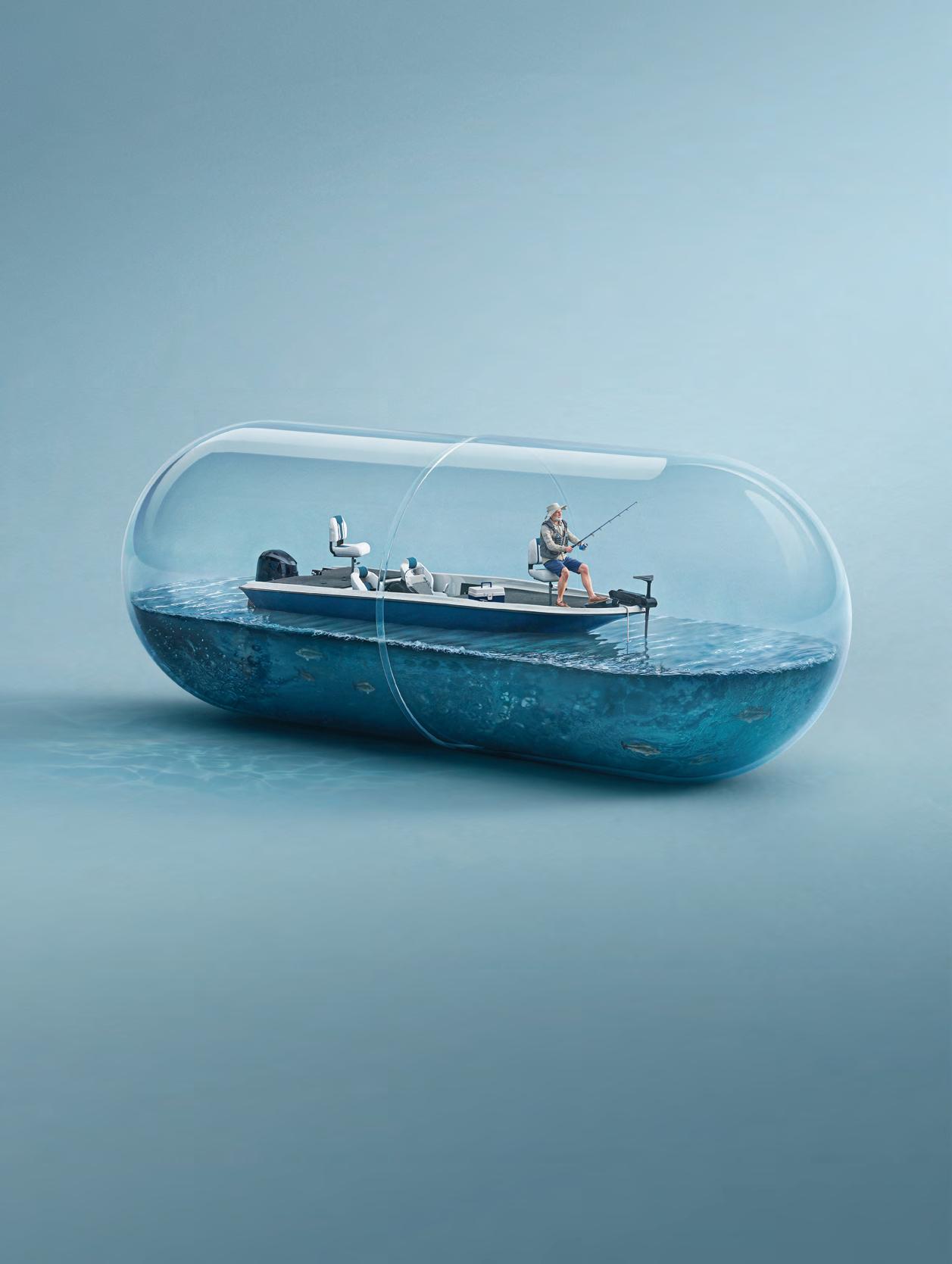
















FATHER’S DAY: THE PERFECT TIME TO FISH WITH YOUR KIDS
THATCH MAGUIRE, EDITOR AT LARGE
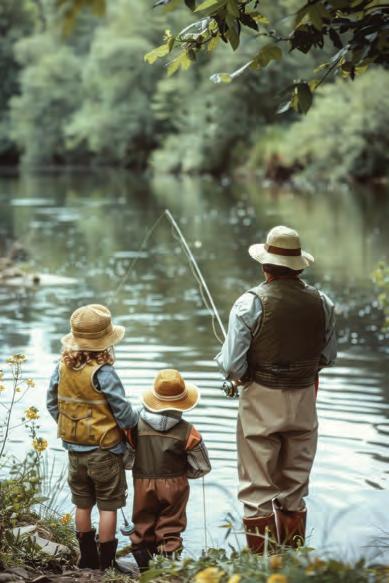
Father’s Day is one of the best opportunities to take your kid !shing.
It’s a celebration of the powerful bond forged when dads pass down the timehonored tradition of !shing, a tradition that stretches back thousands of years. While !shing once put food on the table out of necessity, today it still feeds something deep within us. at ancient connection to the water lives on in every angler, whether they realize it or not.
Inviting your son or daughter to !sh on Father’s Day regardless of their age makes a timeless statement. It bridges distance, mends di erences, and rea rms love in a way few other gestures can. Even if the day ends without a single bite, the act of !shing together creates a bond that words can’t express. It’s not about the catch. It’s about the connection.
ere are countless lessons a father might teach a child, but carving out time to share a quiet day on the water—free from the noise and distractions of modern life is one of the most meaningful. By saying, “Let’s !sh together today,” you’re also saying, “Let me share who I am with you.” And that’s a gi no one forgets.
Don’t have a son or daughter? No problem. Take any kid !shing this Father’s Day. Whether it’s a neighbor, a niece or nephew, or a friend’s child, the impact is the same. You’re passing on something real, something rooted in tradition, and something that could change a young life forever.
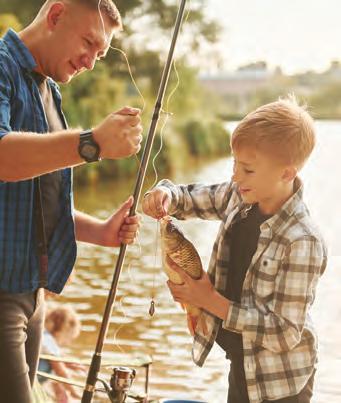
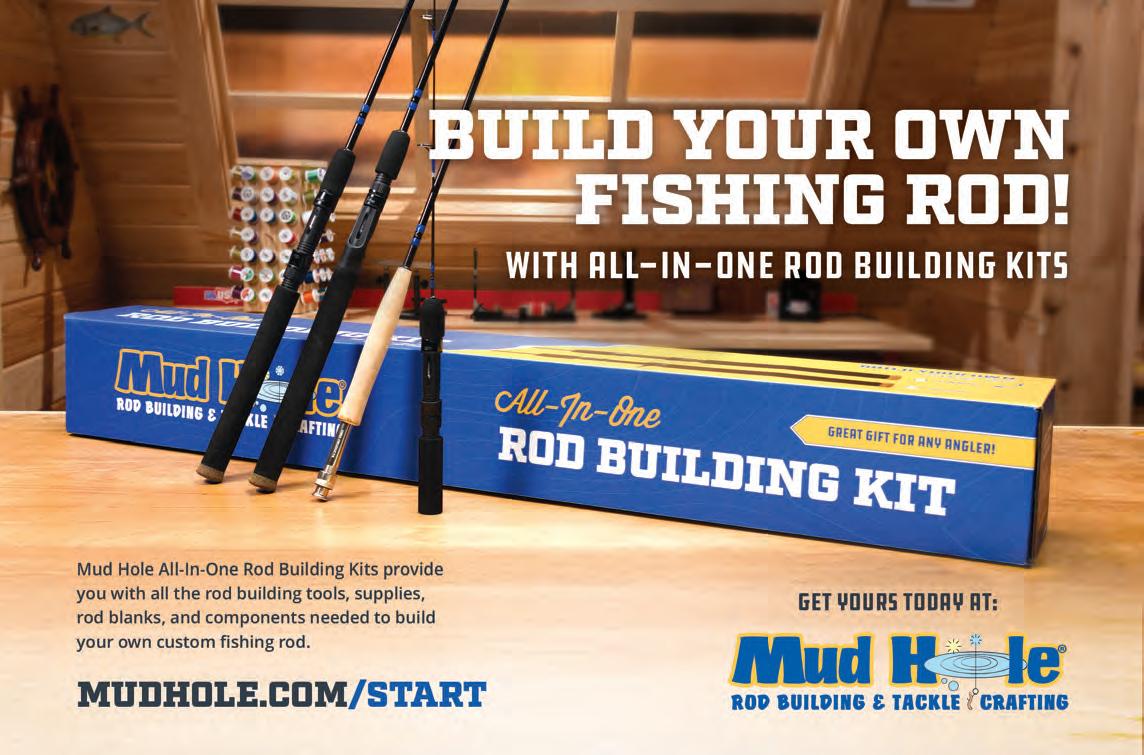

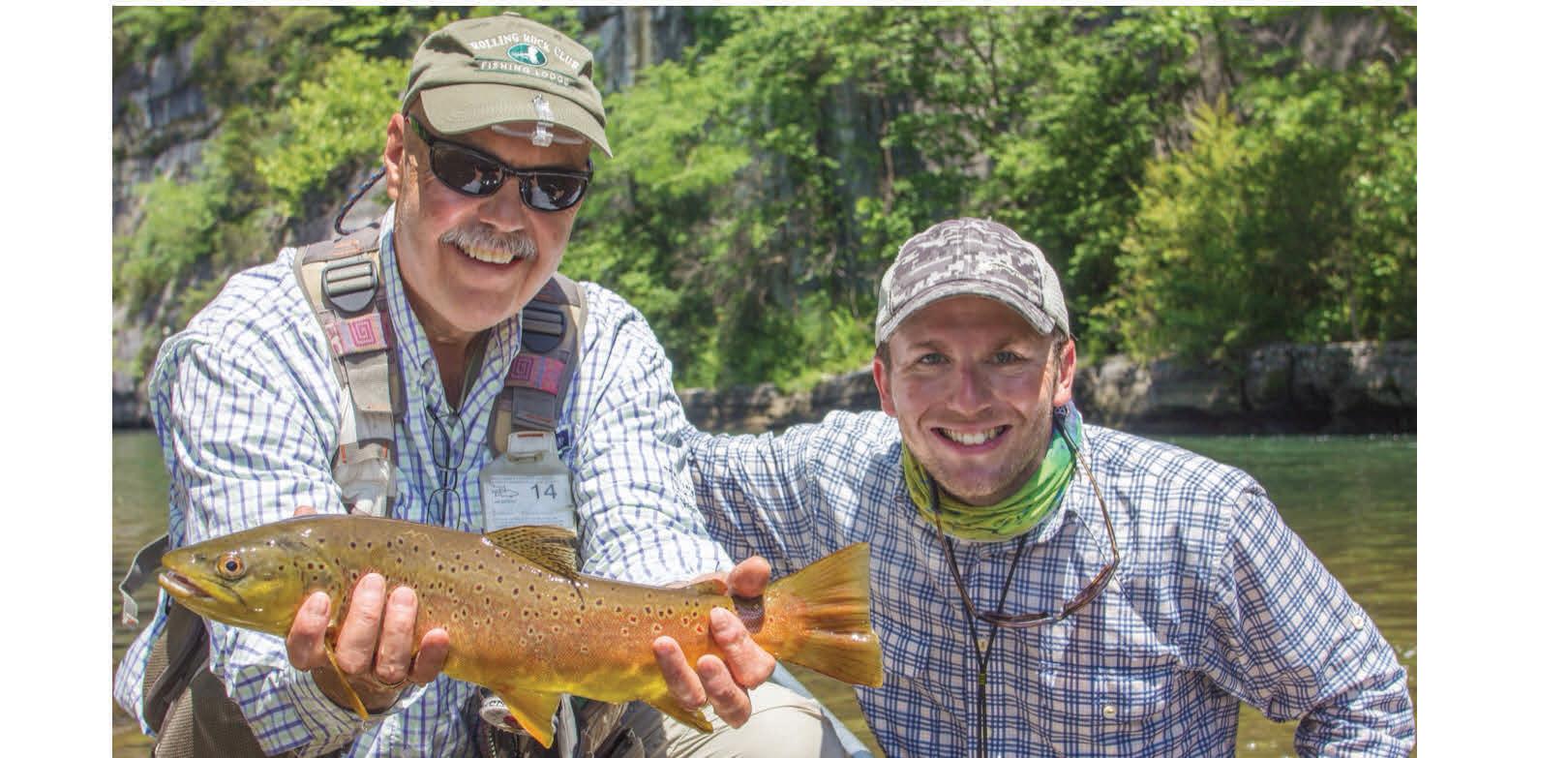






KINGFISHING
ON A SHOESTRING BUDGET
By Capt. Steve ompson
Targeting king!sh during their annual migration season o Florida’s east coast is a predictable event that coincides with the annual migration patterns of the Atlantic stock of king!sh. During the summer, anytime from midMay through August, when the water is warm enough for the kings to stick around, we all have a great chance of catching a tournament class king!sh, at almost anyplace we decide to !sh.
King!sh can be caught anywhere from the mouth of an inlet, on out to 200 foot depths, and that means that almost any seaworthy vessel can, and does, go a er these !sh during the “mostly calm” summer days.
Everyone has heard about the GJKT tournament winner that Fred Morrow caught at the tips of the north rocks, or Bob Johnson on his Traveler who won the aggregate, with two nice !sh, also right o the beach. What do these teams have in common? ey won in small boats with very little overhead, with very short runs to their !shing grounds. But they did their homework and had a plan, and went straight to where they were going to !sh. Because let’s face it, the small boater isn’t going to run all over the ocean chasing !sh that have already been caught. And those are not the only examples, this same scenario takes place every year
in tournaments up and down the Atlantic coast.
Another way to !sh on a budget is to not get caught up in the latest and greatest gear. Sure, you need quality equipment, but one can good used reels from friends, who are upgrading, or from yard sales or even at swap meets at your local o shore club.

As far as rods go, if you know what “feel” you like on your rods, you can !nd o name rods at sidewalk tent sales at your local tackle store, that perform as well as a custom rod, for a fraction of the cost!
To avoid buying that expensive bait, become pro!cient with a cast net! Kings get fat and happy on a steady diet of “pogies”, or menhaden found along our beaches. You need a heavy fast sinking net to have all the bait you want for a day’s !shing. No pogies, you say? Don’t worry, many king!sh over the years, have fallen to other baits than just a pogy. A pound of shrimp on tournament day could very well be a day saver. Croakers are great king baits, as well as blue runners and blue!sh. Ribbon!sh can also be used but are best caught a few days before and brined so they are easily trolled. If you like !shing the Party Grounds always have some sabikis on board. ese are small feathers on small hooks on a special rig that will catch fresh sardines and cigar minnows on most of the o shore reefs and wrecks.
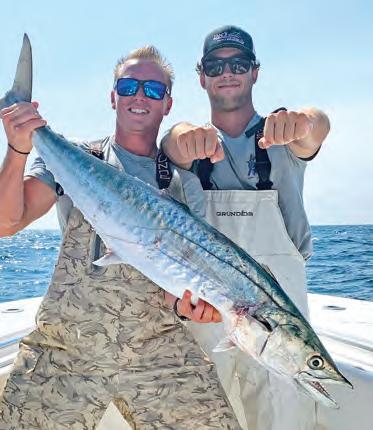
Don’t be intimidated when you sign up to !sh any tournament. You have the same chance to catch a tournament winning king!sh as the next guy. And you do not have to drop big bucks to do so. Just do your homework, pre-!sh as much as possible and, come tournament day, have a plan and stick to it…and we’ll see you at the weigh scales!
Capt. Steve ompson is Chairman of Jacksonville Marine Charities / Greater Jacksonville King sh Tournament and a 40-year successful veteran of competitive king sh tournaments all over the Southeast. Contact him at (904) 251-3011 or email: gjkt@king shtournament.com.
Command The Water With Lowrance & Simrad
Whether you’re chasing trophy fish or charting your next offshore course, your time on the water deserves the best in navigation and marine technology. Defender brings you UNBEATABLE PRICES and EXPERT SUPPORT on Lowrance and Simrad electronics—trusted by professionals and weekend warriors alike.

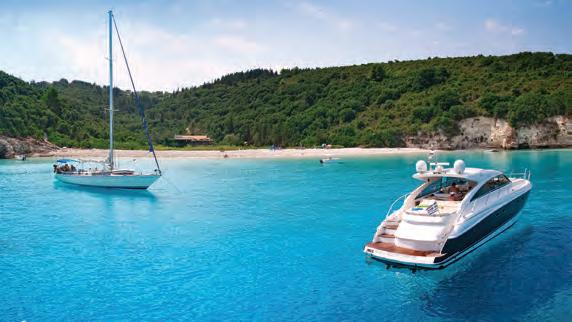
The choice for powerboaters and sportfishers. Get crystal-clear sonar, radar, and navigation that keeps you locked on target.

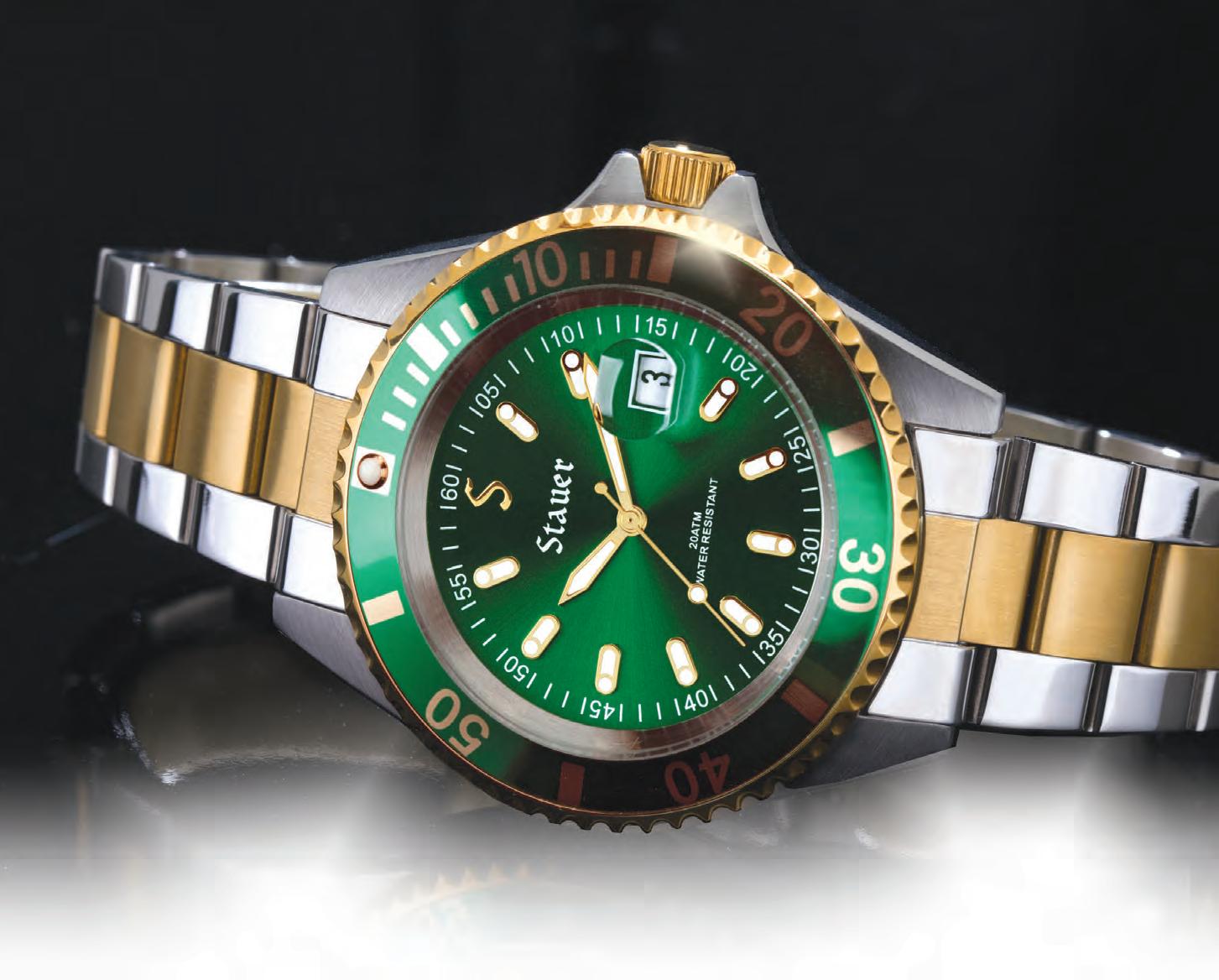
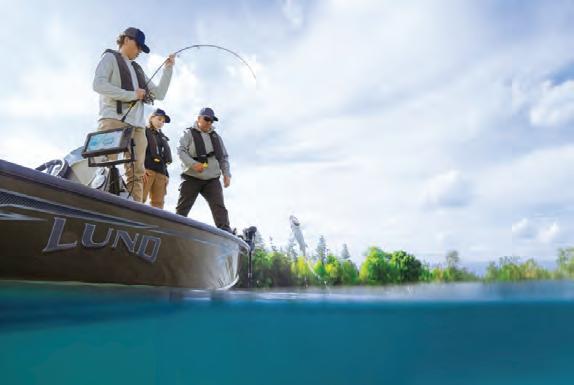




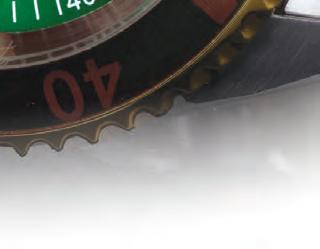
–– George Thomas, Noted watchmaker & historian

Greenlight to A Deep Dive Without Going in the Red


Every year in Basel, Switzerland, the world’s best-known luxury watchmakers gather to display their new timepieces. It’s a great event for spotting timepieces that standout–– in performance and in personality. We saw one impossible to ignore: a precision dive watch with an arresting green dial. But we also saw the five-figure price tag and knew we could bring our customers that exact same precision and stand out appeal for a whole lot less. The Stauer Evergreen Diver is that timepiece.
Built like a submersible battleship with a stainless steel case, caseback, and band, the Evergreen Diver is water-resistant down to 660 feet or 20 atmospheres, a feat facilitated by a hardened crystal and screw-down crown.
Green On Your Wrist AND In Your Pocket. You could pay an awful lot elsewhere for this verdant virtuoso, but the majority of the cost is in the big designer name upcharge. We think those guys are all wet. This is how you own a top-of-the-line dive watch without helping pay for some marketing guy’s yacht.


Satisfaction Guaranteed or Your Money Back. Wear the Evergreen Diver for 30 days. If you’re not completely happy, send it back for a full refund of the item price.
Limited Reserve. A watch of this caliber, with a price that won’t drag you under, takes 6 months to create and won’t stick around for long. Call today!


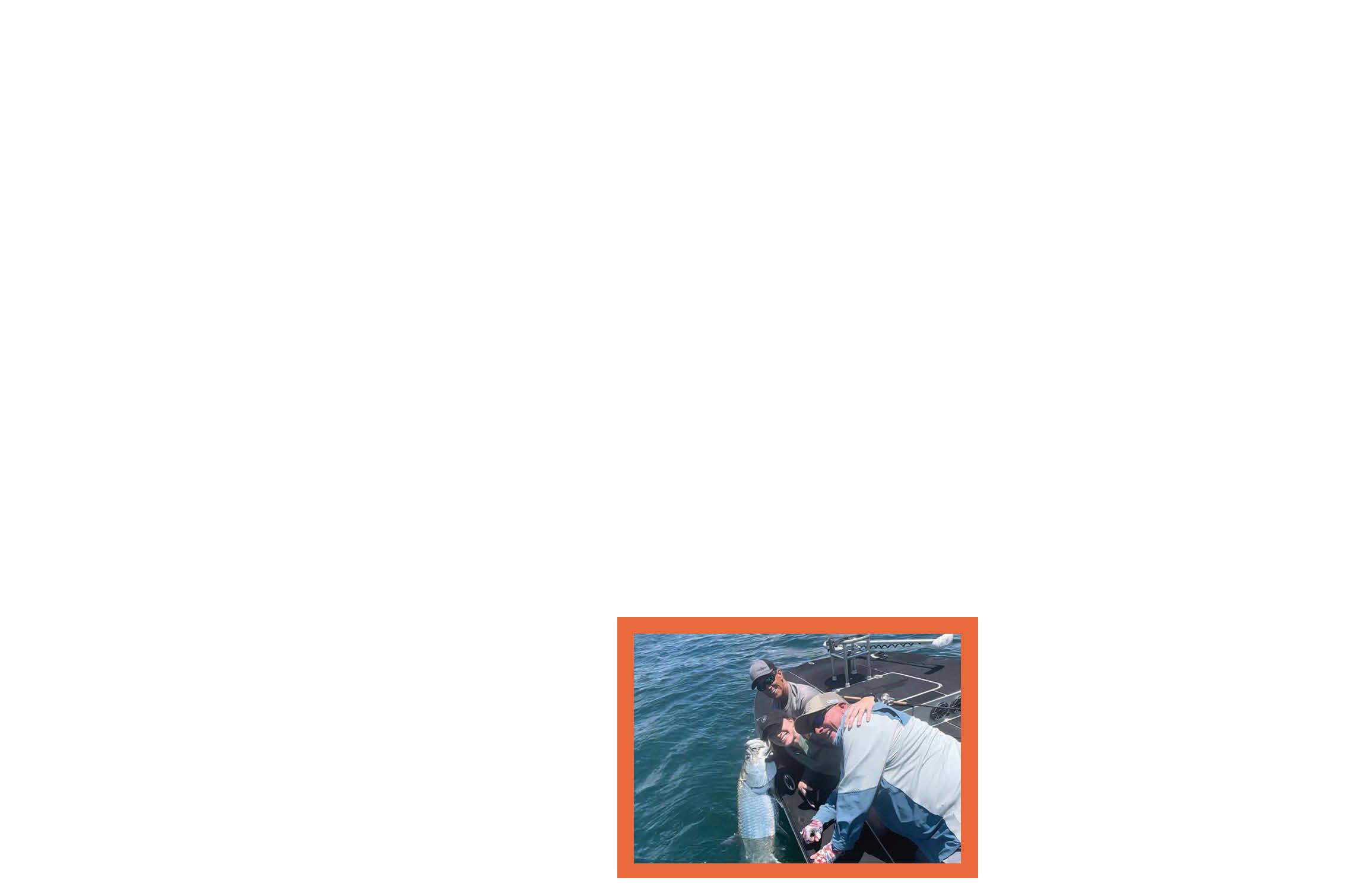
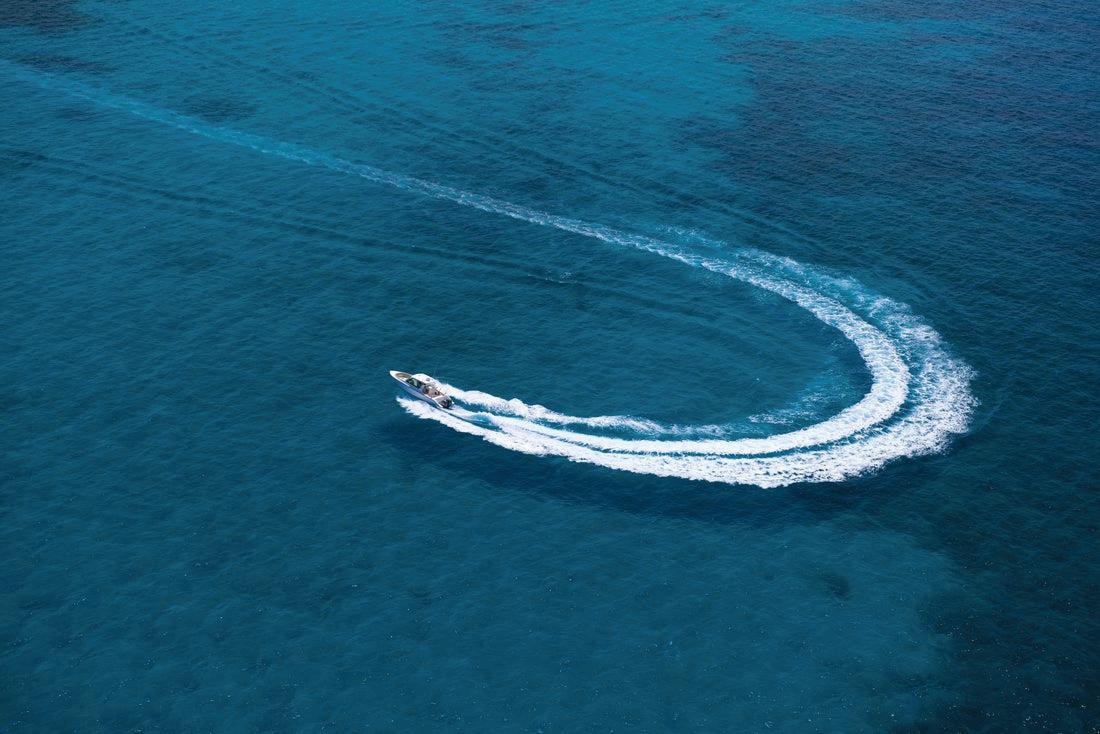
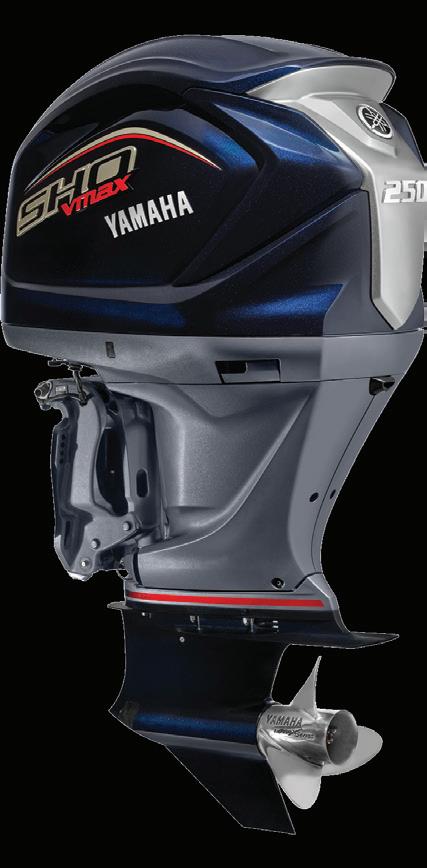
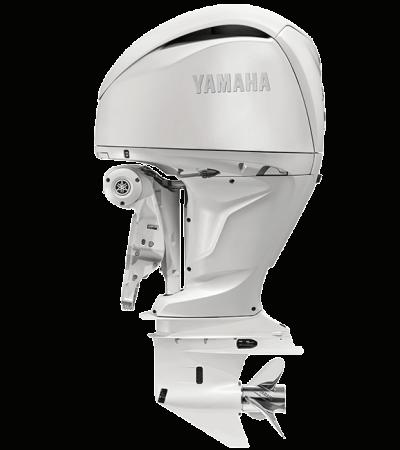

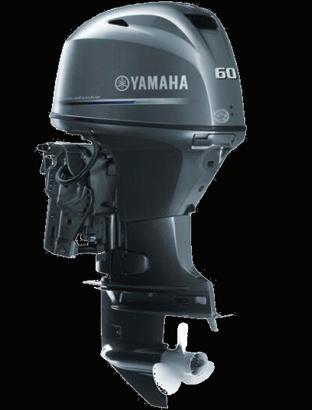
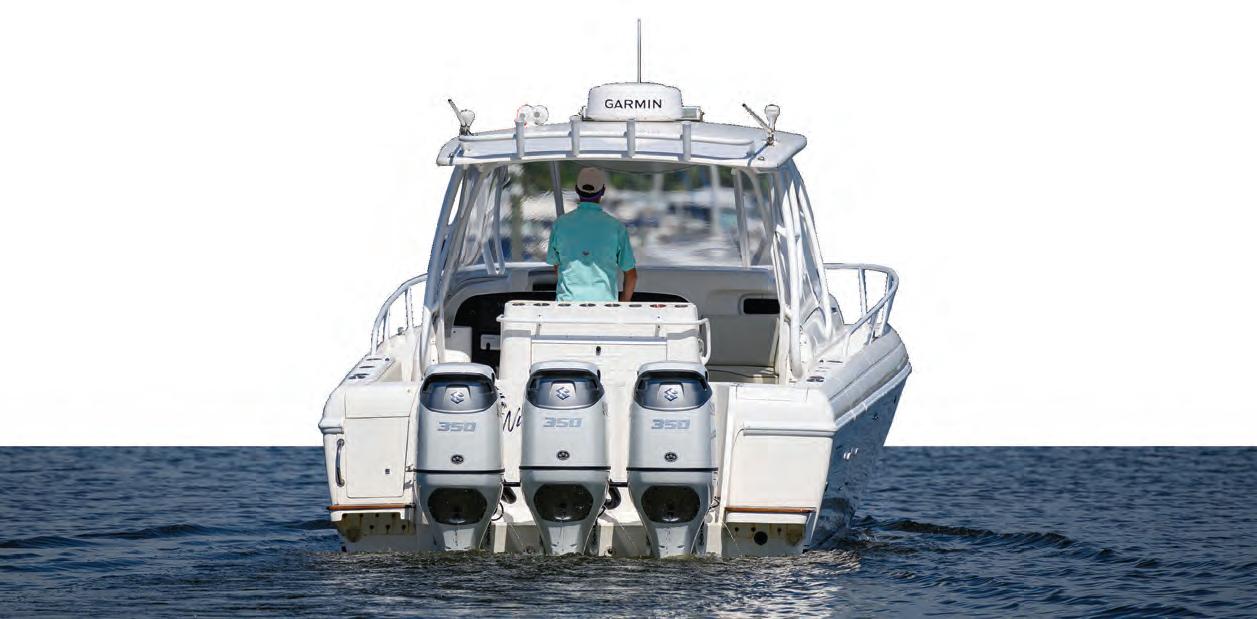









SPEND LE TIME ON TASKS More Time Fishing
It’s no fsh tale when you run with a John Deere. You can get everything done faster and easier, so you get more time on the water. Plus, our special offers make them the catch of the day.




RECORD 126-DAY GULF RED SNAPPER RECREATIONAL SEASON SET FOR 2025
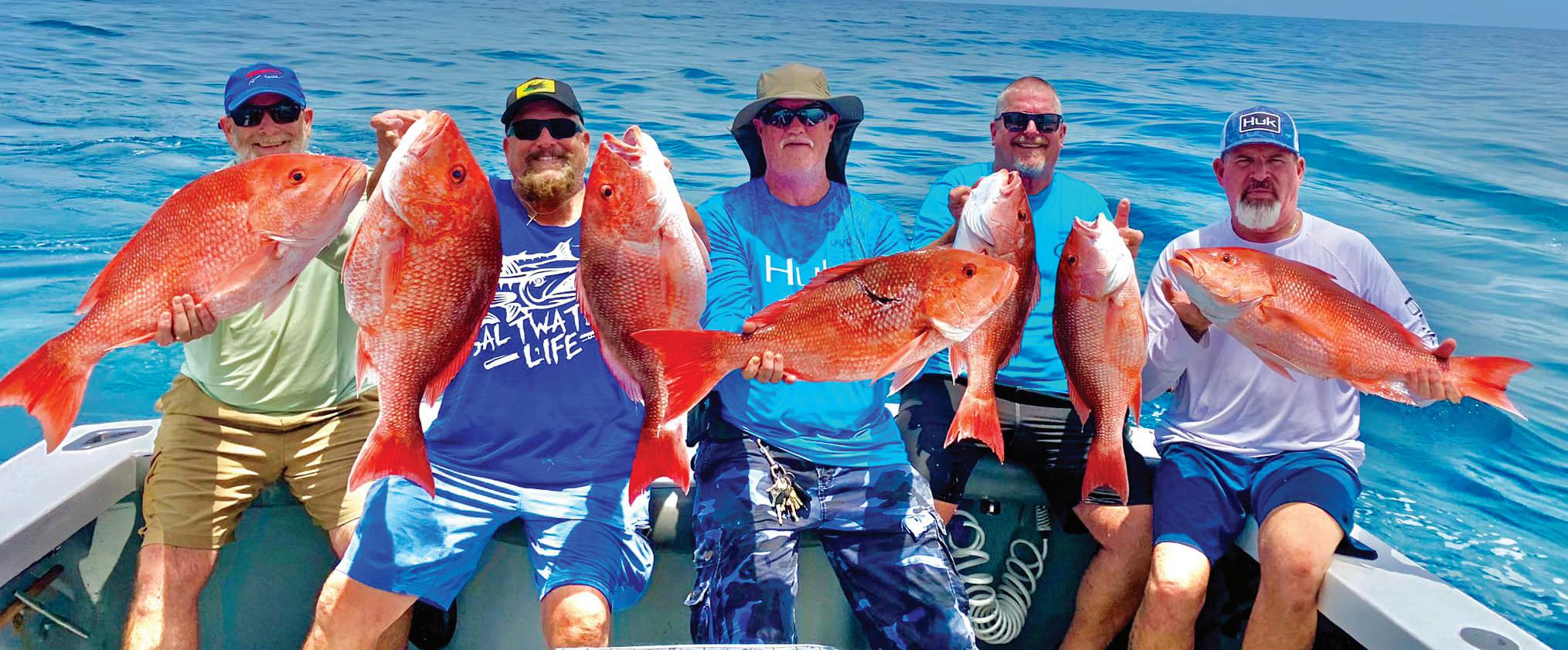
Arecord-breaking 126-day Gulf red snapper recreational season has been set for 2025, the longest season since Florida assumed management of Gulf red snapper. e expanded season includes additional summer and fall shing days from 2024, o ering anglers more opportunities to sh over major holidays such as Memorial Day, Independence Day, Veterans Day, and anksgiving.
“Florida is the shing capital of the world— with 4 million licensed anglers and generations of families who enjoy our waters. A er setting a record last year, we’re doing it again with the longest Gulf red snapper season in state history, giving Floridians and visitors even more time to
sh on Florida’s waterways, said Governor Ron DeSantis.
“ e Gulf recreational red snapper season is a highly anticipated and celebrated event for anglers nationwide, emphasizing Florida’s exemplary shing resources,” noted Florida Fish and Wildlife Conservation Commission Executive Director Roger Young. “ is record-long season results from the strong data collected through the State Reef Fish Survey, which Governor DeSantis, the Florida Legislature, and our recreational anglers have consistently supported.”
e 2025 Gulf red snapper season is open to those shing from private recreational vessels or charter vessels. e summer season began over

Memorial Day Weekend, and reopens June 1 through July 31. e fall season will include the following dates:
• September 1 –14
• September 19 – 21
• September 26 – 28
• October 3 –5
• October 10 – 12
• October 17 – 19
• October 24 – 26
• October 31 – November 2
• November 7 – 9, 11 (Veterans Day)
• November 14 – 16,
• November 21 – 23
• November 27–30 ( anksgiving weekend)
• December 5 – 7
• December 12 –14
• December 19 – 21
• December 25 – 28 (Christmas weekend)
Florida’s ability to o er this extended season is made possible by the data-driven management approach of the Florida’s State Reef Fish Survey (SRFS).
In the event of weather-related closures impacting the shing days, Florida will evaluate the option to add additional Gulf red snapper dates later in the year.
Anyone shing for red snapper from a private recreational vessel—in state or federal waters— must be registered as a State Reef Fish Angler (with annual renewal), even if exempt from shing license requirements. Registration is available at GoOutdoorsFlorida.com.
For more on recreational snapper regulations, visit MyFWC.com/Marine.


PHOTO COURTESY OF FIRED UP FISHING CHARTERS
POPPING CORKS & KIDDOS: A JUNE FISHING TRADITION
What are the best parts of June? School’s out, the days are long, and I get to hit the water more o en with my boys. It’s become a tradition in our family: pack the cooler, grab the rods, and head out chasing tails under the summer sun. Our not-so-secret weapon? e always-reliable popping cork.
Now, I won’t try to name every cork on the market (we’d be here till next June), but I’ll share our go-to setup and a few tips to help make your next trip smoother—especially if you’ve got little anglers in tow.
Let’s talk bait. Live shrimp is our MVP, but dead bait and lures get their time to shine too. Lures tend to keep the “bait bandits” away, but if it’s a slow bite, those pesky nibblers become the stars of the show. My kids think a croaker on the line is just as thrilling as a red sh.
We o en dri or anchor near structure when there’s bait ickering around. Dri ing can be tricky with kids who haven’t mastered the long cast or slack control. Two tricks help here. First: the circle hook. It sets itself (less work for little hands) and does minimal damage if you need to release your catch. Plus, in the chaos of a dri ing boat, it’s more forgiving when someone forgets to keep tension on the line.
Second: skip the loop knot for your cork and
hook. Loop knots are excellent—just not here. ey add slack where you don’t need it, and with junior anglers on deck, less slack means fewer tangles and missed sh.
Now to the main event: the cork itself. A er decades of experimenting, I’ve fallen for a newer model—a hard plastic, deep-cup, rattling, popping cork. It’s heavy enough for my boys to cast like champs, even into a headwind. No wires, no wind tangle nightmares, and it ies like a bullet. e built-in rattles add the right commotion to call sh in without scaring them o . And that deep cup? It creates that irresistible slurp-splash sound with almost no e ort. Perfect for young anglers still guring out the rhythm.
One last tip—transport like a pro. Most folks clip the hook low and let the cork bounce up top, opping around and waiting to poke someone. I reverse it: secure the cork down by the reel, wrap the leader around the handle, and clip the hook up high. No ex, no loose hooks, no surprise piercings.
So grab a few snacks, load up the boat, and hit the water. June’s waiting—and the popping cork’s ready to work its magic.
Capt. Michael Okruhlik is the inventor of Knockin Tail Lures®, and the owner of www.MyCoastOutdoors.com.
By Capt. Michael Okruhlik
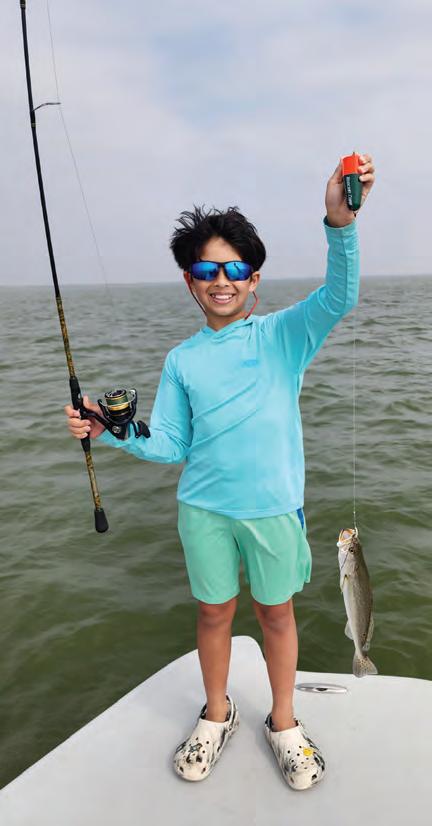
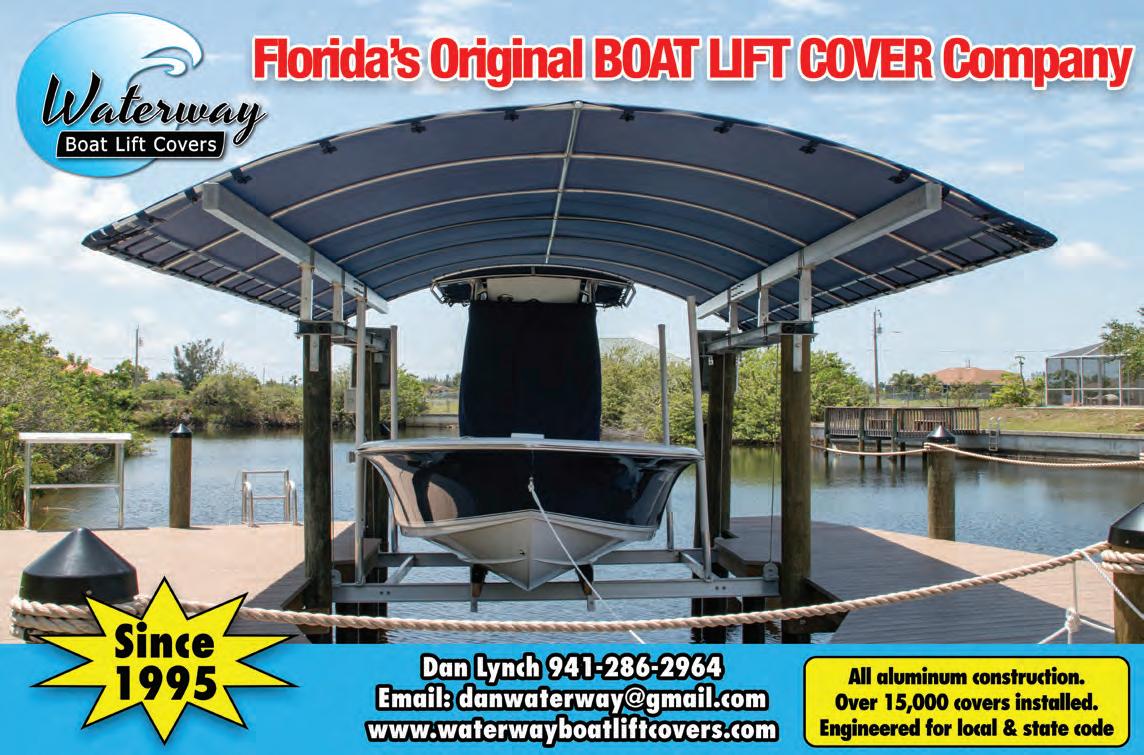


PHOTO COURTESY OF KNOCKIN TAIL LURES®.
COASTAL ANGLER TREASURE COAST

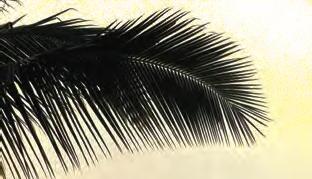

Tarpon Fishing This Season?
MAKE SURE TO FOLLOW THESE BEST FISHING PRACTICES
TO KEEP SILVER KINGS REIGNING
Tarpon season is in full swing and the Florida Fish and Wildlife Conservation Commission (FWC) is reminding anglers to use these best fishing practices to keep silver kings reigning for generations to come. These best fishing practices were developed to help anglers quickly reel in tarpon and be set up for a successful release. From gear selection and handling techniques to proper release and shark awareness, here are the key practices every angler should know.
Gear: Set up for success with these gear recommendations to catch tarpon quickly and minimize fight time.
SPIN OR CONVENTIONAL
• Use tackle heavy enough by matching tackle to conditions and targeted fish size.
- Example: If targeting large tarpon, consider using medium to extra heavy spinning rods with 5,000 to 10,000 series spinner reels and at least 12 pounds of drag, 50- to 60-pound braid, and at least 60- to 80-pound monofilament or fluorocarbon leader, depending upon the selected crimp or knot system. Use 6/0-10/0 circle hooks depending on brand and bait type.
• Use non-stainless, non-offset, barbless circle hooks when using bait.
• Use single-hook rigs.
• Have a fighting belt or chair available for additional support during the fight.
• Have a long-handled dehooking tool to quickly and easily remove hooks.
FLY
• Use tackle heavy enough by matching tackle to conditions and targeted fish size.
- Example: If targeting large tarpon, use 10- to 12-weight class rods and line with a break section of 15- to 25-pound test in the leader.
• Use a break section in your leader in case sharks show up. The break section is a portion of your leader that is weaker than the rest of your leader and the core of the fly line.
• Crimp barbs down on flies.
• Have a long-handled dehooking tool to quickly and easily remove hooks.
Fighting: Aim to minimize fight time of tarpon and use these fighting techniques to reduce stress on the fish.
• If the tarpon jumps, bow your rod toward the fish and drop the rod tip down while reeling in so that the tarpon does not throw the hook.
• Counter the tarpon’s run by using the backbone of the rod to pull low and hard in the opposite direction the fish is swimming and use short turns of the reel to bring line in.
• Put the butt end of the rod into your hip or use a fighting belt or chair to get leverage for the fight.
• Make sure your drag is tight enough to sufficiently wear down the tarpon as quickly as possible.
• If the fish tries to go under or around the boat, move to the front of the boat to prevent the line from breaking or becoming entangled.
• If you need to break the line, point your rod at the tarpon and hold the spool or reel. Pull straight back to break the leader and free the tarpon.
Handling: Keep handling to a minimum and be sure to work quickly to allow for a successful release.
• Tarpon over 40 inches MUST remain in the water by rule, unless in pursuit of a state or world record using a tarpon tag purchased before fishing begins.
• Tarpon smaller than 40 inches should only be handled with wet
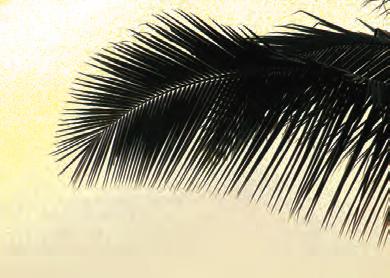
hands and be supported horizontally under the belly, if removed from the water.
• Keep the gills of tarpon in the water to minimize air exposure.
• Keep fingers away from the gills and eyes.
• Avoid dragging tarpon over the gunnel of a boat or over rocks or railings.
• Avoid delaying release by having a camera ready if you’re planning to take a quick picture.
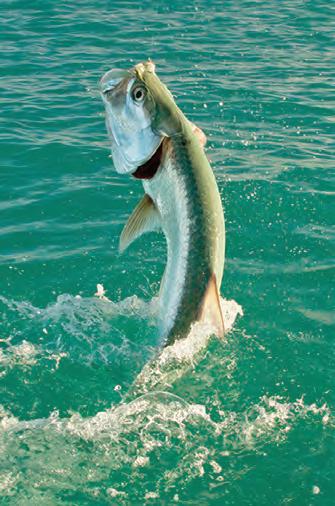
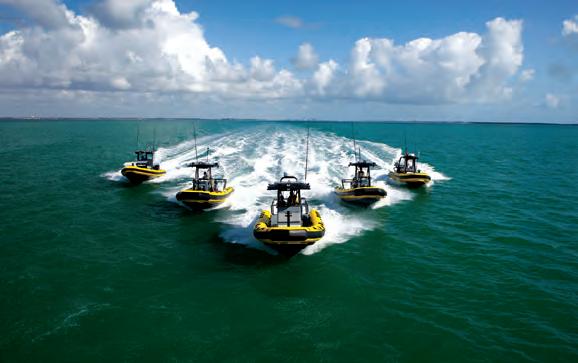
PHOTO COURTESY of Dr. Aaron Adams.
COASTAL ANGLER TREASURE COAST
JUNE ’25
DAY TIME HEIGHT
1SU 1:28 AM 2.41 H
7:26 AM 0.19 L
1:46 PM 2.21 H
7:47 PM 0.1 L
2M 2:19 AM 2.27 H
8:24 AM 0.22 L
2:44 PM 2.11 H
8:46 PM 0.25 L
3TU 3:10 AM 2.16 H
9:21 AM 0.22 L
3:44 PM 2.06 H
9:44 PM 0.36 L
4W 4:01 AM 2.07 H
10:14 AM 0.19 L
4:42 PM 2.05 H
10:39 PM 0.42 L
5TH 4:50 AM 2.02 H
11:03 AM 0.14 L
5:36 PM 2.08 H
11:29 PM 0.45 L
6F 5:38 AM 2 H
11:48 AM 0.09 L
6:26 PM 2.13 H
7SA 12:16 AM 0.44 L
6:25 AM 2 H
12:30 PM 0.04 L
7:11 PM 2.2 H
8SU 1:00 AM 0.41 L
7:10 AM 2.03 H
1:11 PM -0.02 L
7:55 PM 2.26 H
9M 1:41 AM 0.38 L
7:53 AM 2.07 H
1:51 PM -0.06 L
8:37 PM 2.31 H
10TU 2:20 AM 0.35 L
8:36 AM 2.1 H
2:29 PM -0.1 L
9:18 PM 2.35 H
11W 2:59 AM 0.34 L
9:17 AM 2.12 H
3:07 PM -0.12 L
9:59 PM 2.37 H
12TH 3:37 AM 0.33 L
9:59 AM 2.13 H
3:46 PM -0.13 L
10:41 PM 2.38 H
13F 4:17 AM 0.31 L
10:41 AM 2.12 H
4:26 PM -0.12 L
11:22 PM 2.37 H
14SA 4:57 AM 0.3 L
11:25 AM 2.12 H
5:08 PM -0.09 L
15SU 12:04 AM 2.34 H
5:41 AM 0.26 L
12:11 PM 2.12 H
5:54 PM -0.03 L
16M 12:46 AM 2.31 H
6:29 AM 0.2 L
1:01 PM 2.13 H
6:45 PM 0.05 L
17TU 1:31 AM 2.27 H
7:21 AM 0.12 L
1:56 PM 2.15 H
7:41 PM 0.13 L
18W 2:18 AM 2.24 H
8:17 AM 0.02 L
2:55 PM 2.2 H
8:43 PM 0.2 L
19TH 3:10 AM 2.21 H
9:15 AM -0.1 L
3:58 PM 2.26 H
9:46 PM 0.23 L
20F 4:06 AM 2.21 H
10:15 AM -0.23 L
5:02 PM 2.35 H
10:49 PM 0.22 L
21SA 5:06 AM 2.23 H
11:14 AM -0.36 L
6:06 PM 2.46 H
11:49 PM 0.17 L
22SU 6:08 AM 2.29 H
12:11 PM -0.47 L
7:06 PM 2.56 H
23M 12:46 AM 0.12 L
7:09 AM 2.37 H
1:08 PM -0.55 L
8:04 PM 2.64 H
24TU 1:42 AM 0.05 L
8:07 AM 2.44 H
2:03 PM -0.59 L
8:58 PM 2.69 H
25W 2:35 AM 0.01 L
9:02 AM 2.49 H
2:56 PM -0.58 L
9:49 PM 2.71 H
26TH 3:28 AM -0.02 L
9:55 AM 2.51 H
3:48 PM -0.51 L
10:38 PM 2.68 H
27F 4:20 AM -0.03 L
10:47 AM 2.48 H
4:40 PM -0.4 L
11:25 PM 2.61 H
28SA 5:12 AM -0.01 L
11:37 AM 2.41 H
5:31 PM -0.24 L
29SU 12:10 AM 2.51 H
6:03 AM 0.02 L
12:27 PM 2.31 H
6:21 PM -0.06 L
30M 12:55 AM 2.38 H
6:54 AM 0.06 L
1:17 PM 2.21 H
7:13 PM 0.12 L
SEBASTIAN AREA OFFSHORE
Capt. Terry Wildey
Big Easy Fishing Charters (772) 538 - 1072 www.bigeasyfishingcharters.com captwildey@bellsouth.net
June
is finally here, my favorite month of the year for fishing. The good weather gets us more days offshore, combined with more consistent water quality. Warm clean water equals more consistent fishing. Remember though, when the water gets warm and clear, fish get picky. Light fluorocarbon leaders and live bait will produce more bites. Fortunately, live bait should be more readily present both inside and outside the inlet. We’ll see good catches of mutton snapper, mangrove snapper and kingfish.
fluorocarbon leader. Have some chopped up pieces of squid ready to throw to keep their interest as well as to stick on the hook to capitalize on the opportunity.
Bottom fishing should be good on the reefs in the 80-to-90-foot range. Clear water is going to require light leaders and live bait to entice a bite there as well.
As always, the ever-growing shark problem will be something to deal with. If there’s any upside to the abundance of sharks, its that they’ve had cobia traveling with them. There’s a thin line between fishing heavy enough line to horse the fish
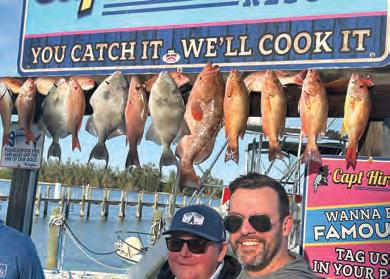
Last year we only saw a mild thermocline, but we did have a couple of days fishing the beach reefs, although it passed quickly. Other than that, we should have some good kingfish on the 80-to-90foot reefs, bigger fish will be hitting live bait. Strip baits trolled behind a Sea Witch and 3 1/2 drone spoon works well also.
For those trolling offshore there should be some schooly dolphin some even into the 80 and 90 foot reefs. They’re always a nice addition to the box when you are anchored up and a school swims up. This is when it’s good to have a couple light spinners ready with a #4 or #5 Mustad Short Shank with a 30#
in before the sharks eat them yet light enough to get the fish to bite. I’m hoping some group, individual or fishing club will put together a shark tournament. One tournament of 100 boats would start putting the uneven balance back where it should be. Meat from the shark could be donated to local food banks. Believe me people that are saying this is a sign of a heathy eco system do not see what’s really happening out there.
As always support your local tackle shops, be courteous to your fellow anglers, one day you might need their help, and be nice to your law enforcement including our FWC. They’re just doing their job.
“Fish on, gotta go!”
SEBASTIAN (INLET)
TIME OFFSET
High Tide -48 min
Low Tide -24 min
HEIGHT OFFSET
High
JENSEN BEACH (INDIAN RIVER)
TIME OFFSET
VERO (OCEAN)
TIME OFFSET
High Tide -55 min
Low Tide -35 min
HEIGHT OFFSET
High Tide 1.45 feet
Low Tide 1.36 feet
ST. LUCIE INLET
OFFSET High Tide +55 Low Tide +1 hr; 42 min HEIGHT OFFSET High Tide 1 foot
Low Tide .50 feet
FORT PIERCE
TIME OFFSET
High Tide -31 min
Low Tide -18 min
HEIGHT OFFSET
High Tide 1.14 feet
Low Tide 1.50 feet
JUPITER INLET TIME OFFSET
High Tide -10 min
Low Tide -9 min
HEIGHT OFFSET
High Tide 1.08 feet
Low Tide 1.42 feet







PHOTO CREDIT: Capt. Terry Wildey.
Mangrove snapper, triggerfish and a grouper on the Big Easy.
Capt. Gus Brugger
Pattern Setter Charters (772) 360-6787
www.WelcomeToSebastian.com
While inshore fishing, especially for snook and tarpon, is still a viable option after June 1. Many local anglers like to take advantage of the normally calm and predictable weather conditions of the summer to get outside Sebastian Inlet and target oceanic species that are out of reach of small boat fishermen at most other times of the year. June brings migrations of glass minnows and greenies within a couple miles of the beach. These are often shadowed by predators ranging from Spanish mackerel to 100-plus pound tarpon.
INDIAN RIVER LAGOON – Early morning will provide the best shot at shallow water trout and reds. Find where the bait fish are and there should be some predators nearby. Topwater plugs are a great way to find scattered fish on the flats in the early morning. After the sun is up, a D.O.A. Jerkbait or suspending plug may draw more strikes. Snook of all sizes will be laid up tight to docks
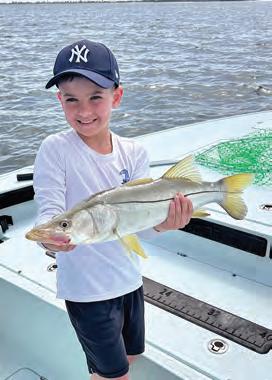
and mangroves getting out of the sun during the day, pitch a D.O.A. Shrimp into the cover on stout tackle and hold on. Tarpon can also be found in the lagoon in June, look for smaller tarpon in the backwaters and larger ones in some of the deeper open water areas.
SEBASTIAN INLET – The north jetty construction project is supposed to conclude in July allowing shore bound anglers access sometime this summer. Until then, boaters will continue to enjoy unfettered access to snook, mangrove snapper, big redfish and maybe even some permit feeding around the rocks and current edges on baitfish and crabs. Try targeting snook west of
the A1A bridge where they have a better chance of not being devoured by goliath groupers and bull sharks after being released.
SEBASTIAN RIVER – The top of the list in the Sebastian River in early summer is tarpon. There are tarpon throughout the Sebastian River, but the larger fish seem to frequent the entire north fork and the lower south fork after June 1. MirrOlure suspending plugs, D.O.A. TerrorEyz jigs, Yo-Zuri 3D minnows and flies are all good artificials for both snook and tarpon. Mullet are the bait of choice in the Sebastian River.
NEARSHORE ATLANTIC – Be sure to have some 6-to-10-inch mullet in your livewell and some Sabiki rigs to catch greenies in your tackle box when you head outside Sebastian Inlet. Having live bait to slow troll or pitch at large migrating tarpon, kingfish, jack crevalle, cobia, dolphin, and even sailfish is a must when fishing the calm, clean nearshore waters in June and July. Concentrating your efforts around schools of bait, areas of bottom structure, or just keeping a sharp lookout for fish breaking water while you cruise within sight of the beach will increase your chances of battling fish weighing in the double or even triple digits.
Release: Catch and release tarpon as quickly as possible to reduce stress on the fish.
• Aim for a no-touch release by either using a long-handled dehooking tool to remove the hook or cut the line as close as possible to the hook.
• If the tarpon is gut hooked or the hook is lodged in the throat, cut the line as close to the hook as possible.
• Revive a lethargic tarpon by holding it horizontally in the water to allow it to pump water through its gills.
• Shorten future fight times if tarpon appear lethargic during release.
Sharks: Help give tarpon the chance to escape predators.
• Sharks are known to prey upon tarpon during the fight. If a shark shows up, help the tarpon survive by quickly bringing the fish to the boat and cutting the line as close to the hook as possible.
• Move to another fishing location if sharks are in the area.
Additionally, it is recommended to avoid fishing for tarpon from bridges or piers. Only tarpon under 40 inches may be removed from the water, so if you did hook up to a large tarpon from a bridge or pier, you would have to cut the line and leave a long line trailing behind the fish, leading to entanglements and reducing survivability.
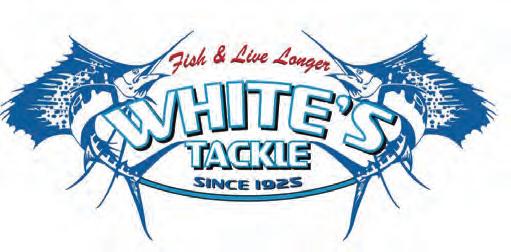
Tackle Gear & More...
• Sunglasses: Costa Del Mar-Maui Jim-Smith-Ocean Eyes-Bajio
• Services: Rod and Reel Repair-Custom Rigging
• Huge Variety of Frozen Bait
• Knowledgeable & Experienced Staff to Serve You
• Follow Us on Social Media for Upcoming Events & More…
• Sign Up for Our Weekly Fishing Reports
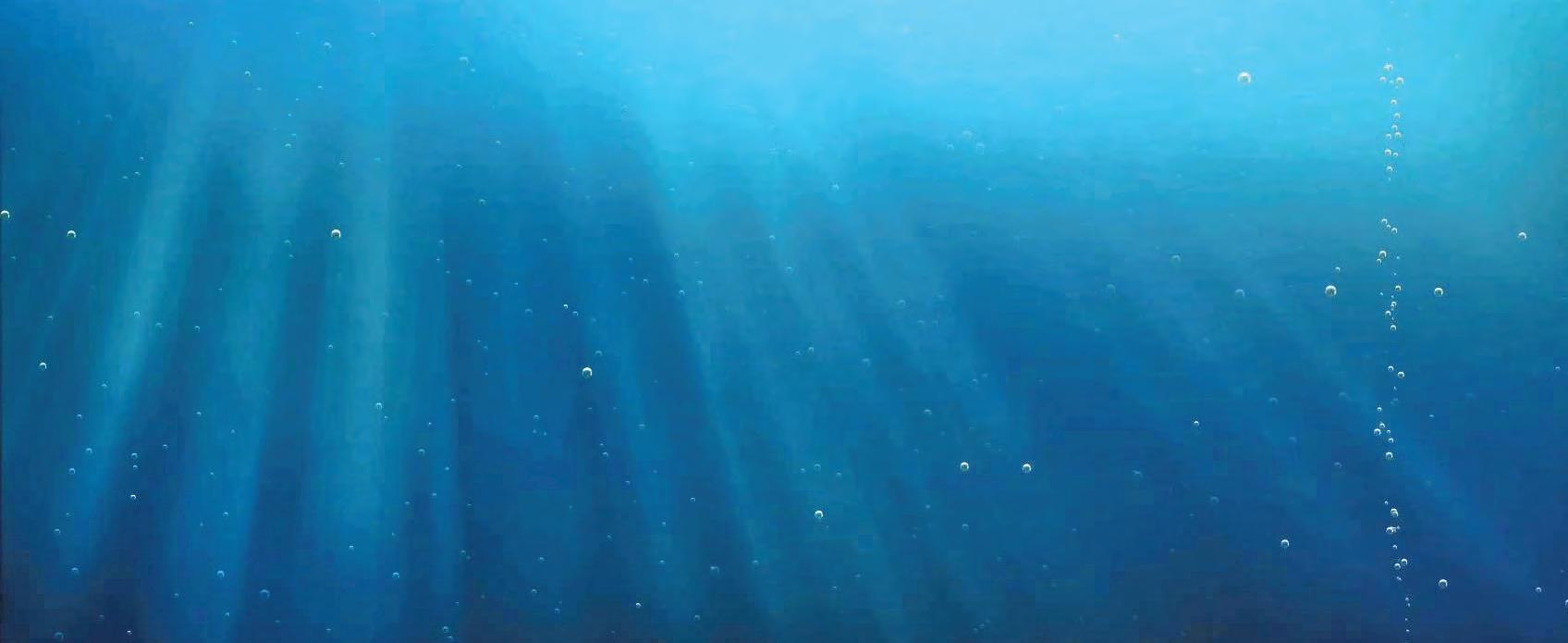

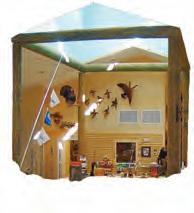

Declan Johmann with a nice snook he caught on a live bait in the Indian River Lagoon.
PHOTO CREDIT: Capt. Gus Brugger.
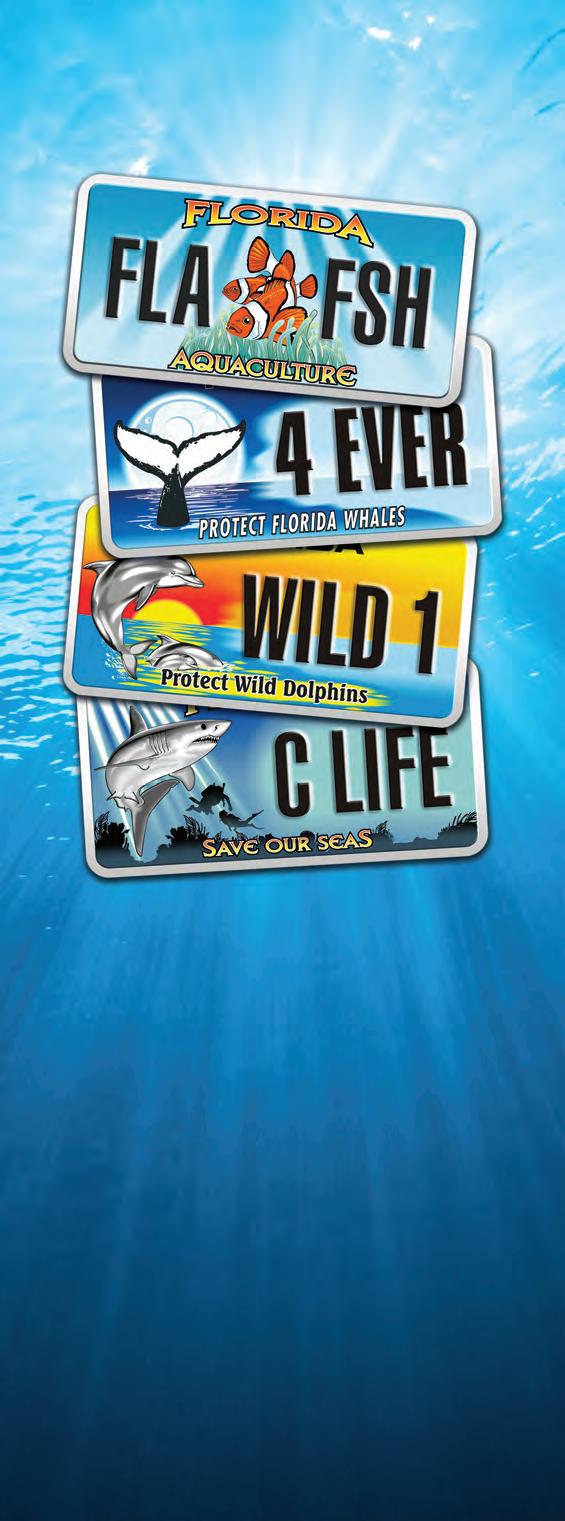
FORECASTS
MARTIN COUNTY OFFSHORE
Capt. Scott Fawcett
Off the Chain Fishing Charters (772) 285-1055
offthechainfishing.com fishscottyf@bellsouth.net
Calm seas, blue skies, plenty of bait and the fish are here. June is one of my favorite months off the Treasure Coast. It’s a great time for almost everything. Some days it proves better to troll, especially if you’re going for dolphin, but for action and a good mixed bag, live baiting is key this time of year. If you want to save a little time and get right to the big stuff call Bryan (561) 856-2175, at Stuart Live Bait and reserve you well full. Otherwise grab some R&R Sabiki rigs and head north along the beach or out to your favorite rock pile. These rigs have more hooks, fluorocarbon line, and the baits stay on the hook better so you can get to fishing sooner. Kings, cobia, mahi, blackfin tuna, wahoo and the sailfish spawn make this a lock and load fishery that will provide nonstop action some days. A light southeast wind is perfect this time of year, and kite fishing is my favorite way to fish. If you haven’t tried it before don’t be intimidated, it’s not as hard as people say. If you would like some tips, I strongly recommend booking a charter with us and we are happy to answer any questions and show you exactly how to get the most out of them. The white Tigress kites fly perfectly in minimal wind without needing helium and it’s incredible how well you can steer them to provide maximum coverage.
now we can fly them with ease. Using Blackfin rods for nearly 20 years now, we absolutely love them. They have a perfect 6 1/2 foot circle rod for 15-to-20-pound test which allows us to use a lighter line and leader without the risk of chafing fish off or pulling hooks. A good set of spinning rods are a must. We use Blackfin and Shimano for those too and they’re spooled with 12 to 20 pound clear line so we’re able to pitch to pieces of float for dolphin and cast to the sails we see following hooked fish and finning on the surface.
With so many fish having a second or third, following them, a good set of sunglasses is key always important. Costa Del Mar with their 580 lenses
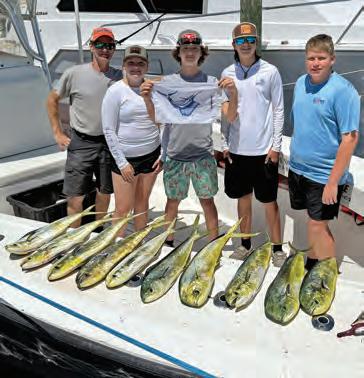
have been helping us ever since I can remember. The clarity on these lenses is incredible and they’re also available in prescription with a ton of frame options. If you haven’t already, I would definitely check them out.
We just got a set of Dominion E Butts for our kite rods and these things are amazing. Have you seen them? Battery is in the butt of the rod, they give us total versatility being able to walk around not attached to the boat by a cord. We can always find the wind when launching our kites and walk our spread around the boat continuing to fish while trying to get the release on fish we have hooked up. Great for big boats, even better for small, we have a 22 Pathfinder that we were never able to kite fish off of because it didn’t have outlets. This solves that problem and
Most of the action this time of year takes place between 65 and 250 feet of water with the exception of finding some dolphin or blackfin tuna out a little deeper. The six-mile reef in 65 feet of water will provide good kingfish action with a chance at cobia and sailfish and the occasional dolphin, the 8 mile reef in about 135 feet of water is another migratory highway for all of the pelagic fish. If you want to run a little further, June is a great time to take advantage of our calm weather and target swords out in the deep or even take the family over to the Bahamas. Starting just 75 miles from our inlet there’s another world of snorkeling, fishing and exploring that is world class.
Whatever you decide to do to kick off your summer, I hope your next fishing trip is Off the Chain! If you have any questions or would like to schedule a trip, please give me a call at (772) 285-1055.
Russel and his kids with an awesome day aboard the DayMaker. June is a great month to target dolphin and sails.
PHOTO CREDIT: Capt. Scott Fawcett.
Capt. Jonathan Earhart
Chaos Fishing Charters (772) 341 – 2274
www.chaosfishingcharters.com jon@chaosfishingcharters.com
Summer fishing patterns are heating up this month on the Treasure Coast. Inshore snook fishing has been excellent this week for larger breeding fish around our St. Lucie Inlet. Remember to handle these fish with care or even leave them in the water for quick safe releases. This will allow them to continue to breed safely throughout the summer. The bite has been good using artificial and live bait. Topwaters, subsurface twitch
MARTIN COUNTY DEEP SEA
Capt. Rocky Carbia
Safari I Deep Sea Fishing Pirates Cove Resort and Marina 4307 SE Bayview St. Port Salerno Reservations: (772) 334-4411 www.safari1deepseafishing.com
June opens the window to the start of the forever Florida summer season. Generous amounts of solar heat and sunshine will illuminate an offshore ocean that will welcome the near coastal anglers of Martin County.
baits, and medium swimbaits are working great at dawn and dusk. Mid-morning to midday I prefer live white bait to entice the bite as these fish will not feed as actively during these periods of the day.
Expect some larger jack crevalle, tarpon, and even the occasional cubera snapper while targeting snook this month. I suggest using 40-to-60-pound leaders with 4/06/0 circle hooks with said whitebaits on Quantum Strive rod and reel combos, this will ensure the fish make it boatside.
Nearshore fishing has been good for cobia, jacks, tarpon, snapper, kingfish, permit, sharks, and goliath groupers as of lately. Running along the beach by boat is a great way to find fish schools of tarpon, snook, jacks, and even pods of cobia. Sight fishing is the name of the game here. Have an artificial lure ready to cast at the lead fish in the school.
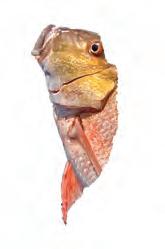
Bottom fishing will again be this month’s best offshore strategy decision for “meat hunting,” allowing anglers to target the many species of snapper and grouper that populate area reef zones. The open catch and keep season on most species of grouper will be in full swing during the days of June (*check current regulations for exact rules on all species of fish*). Fishing crews will continue to dial in their precise positioning skills over top of structures in 70 to 180 feet of water. Deep artificial reefs located in 150 to 180 feet, just east of our St. Lucie Inlet, will be location specific hot spots and will prove to be fish magnets for all species of saltwater fish, especially large gag grouper.
Bottom fishing strategies will also allow fishing crews to deploy a dead stick surface spread of flat lines with live or dead baits that enable fisherman to catch top water
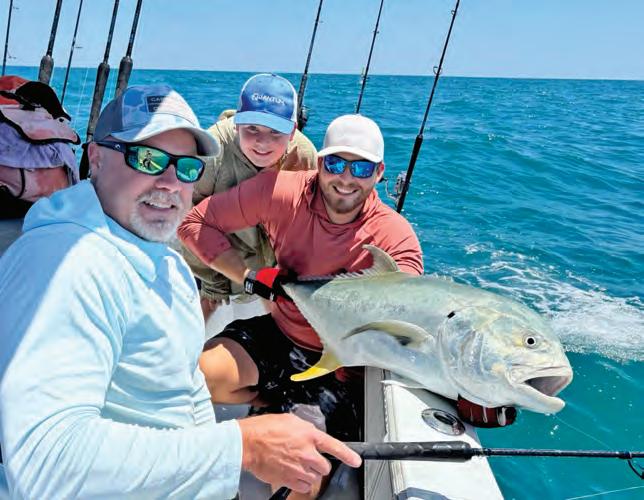
Sometimes these opportunities are short lived, be ready and you’ll get your chance! Tight lines!
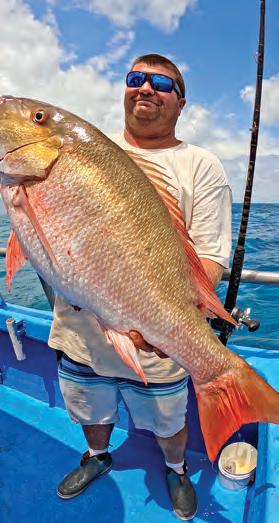
species of snapper tend to reside. Large representatives of the mutton, mangrove and cubera family of snapper patrol these reef contours and are prize saltwater trophies for even the most seasoned of offshore anglers. Cobia will also be found along this naturally occurring reef
zone, known to locals as “The Loran Tower Ledge.”
The days of June will offer a sun-toasted backdrop for grocery getting fisherman that enjoy fishing the entire water column, in the near coastal waters of the Treasure Coast.

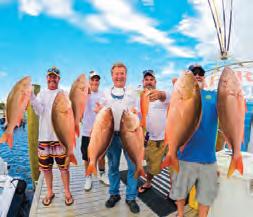
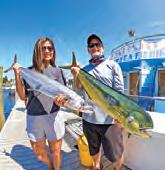
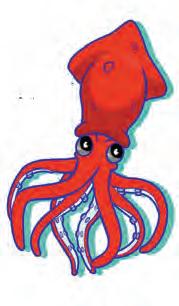
species like mahi, king mackerel and sailfish, while actively bottom fishing at the same time. This method of covering the entire water column will increase all-around fishing success and increases the potential for stand-up excitement. Besides bottom drops on some of our deeper structures, anglers who cherish a snapper dinner will angle towards the expansive southern reef line in depths of 60 to 80 feet of water, east of Hobe Sound and Tequesta, where many
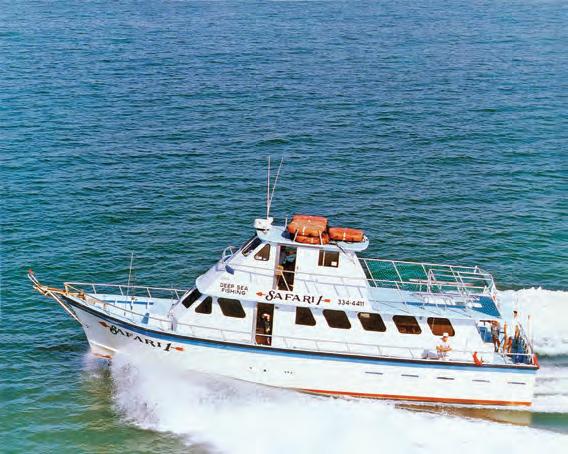

at Pirates Cove Resort and Marina 4307 SE Bayview St. Port Salerno/Stuart, FL


PHOTO CREDIT: Capt. Jonathan Earhart.
Mike, Carter, and Sam sight fishing large jack crevalles with Strike King Saltwater Sexy Dawg Topwater Lures off Jensen Beach.
PHOTO CREDIT: Safari 1
June-caught snapper tend to be of the large variety, like this super jumbo mutton snapper caught by Bryan Williams aboard the Safari 1.
FISHING
FORECASTS
ST. LUCIE COUNTY OFFSHORE
Capt. Bo
Samuel
Pullin Drag Charters
(772) 971-6661
facebook.com/Pullin-Drag-Charters catainbofishing@gmail.com
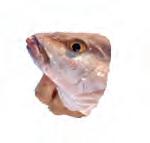
Summer fishing is finally here!
June brings plenty of fish and abundant bait along with some really great weather and when the days heat up, so does the fishing. June is one of my favorite months to check off fish on that salty grocery list. From inshore to offshore, the lagoon, and the beautiful Fort Pierce Inlet, you couldn’t ask for better fishing opportunities.
Area reefs have been on fire with frequent snapper and grouper hookups being reported, so bottom
ST. LUCIE COUNTY INSHORE
Capt. Adam White
St. Lucie Flats Fishing Charters (609) 820-6257 www.stlucieflatsfishing.com
Summerhas arrived on the Treasure Coast. June’s weather patterns provide lots of opportunities to fish for almost everything the Treasure Coast has to offer. Winds will be calmer and water temperatures should have a major influence on your daily fishing decisions. Expect it to be hot! It is a time to get out early or late in the day and avoid the afternoon heat. Snook, redfish, trout and tarpon will be the big inshore targets this month. Remember that
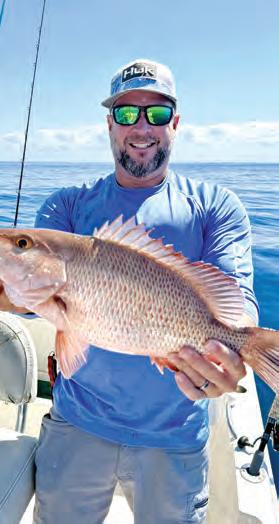
fishing remains a winning strategy. Nice muttons and mangos are being caught on the very productive 70-to-
snook season has closed as of the first of this month.
I haven’t been able to talk about redfish for quite some time since the fishing has been so bad for them. Just like the seagrass, I have been seeing good numbers of redfish in my travels around the river. Queens Cove, Round Island, and Bear Point have been holding some scattered schools, very small, but schools of redfish ranging in the 20-to-30-inch range. Redfish can’t resist a piece of fresh cut mullet or ladyfish as they lurk around under the mangroves. Good artificials when working the flats or mangroves for reds are fourinch D.O.A. Jerk Shads, gold spoons, and D.O.A. Shad Tails. Please remember they are catch and release and to handle them with as much care as possible. I would love to see the population get to what it once

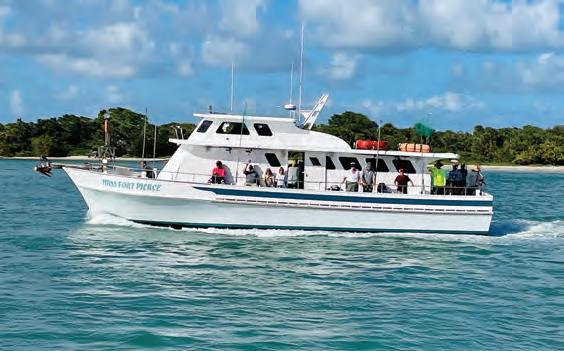
90-foot reefs. Top choices when targeting lanes, muttons, and greys are pilchards, pinfish, and sardines. Chumming helps bring the fish up from the bottom and closer to the boat which increases your chances of hookups. The mutton bite should be significant around the full moon so it’s definitely worthwhile to plan some cooler night fishing trips.
Local anglers are landing decent dolphin and I expect the numbers to increase this month. Schools of mahi will continue to be found offshore from 70-to-150 feet of water which is a great place to try a slow troll, especially around weed lines, floating debris, color changes, and pods of baitfish.
When trolling, keep an eye out for sailfish free jumping in the area. We generally see big dolphin with some prize wahoo and sails this time of year and nothing beats the excitement of a super sailfish catchand-release. It is recommended to revive sailfish after a long fight as they tire easily and always safely release from the side of the boat.
There’s no word yet on the Atlantic red snapper season, but these reds are being caught frequently on the Treasure Coast, so fingers crossed we get at least two or three good days to harvest. Governor Ron DeSantis has announced a record-breaking 126day Gulf red snapper season this year leaving anglers on the east coast very hopeful.
The better weather and water conditions in June mean we have more days offshore to stay cool on the blue. Since the first week in June is National Fishing and Boating Week, we invite you to celebrate with some fun Pullin Drag action and see for yourself why our Treasure Coast is a “gem” for fishing.
As always, your support of local bait and tackle shops like DeBrooks Fishing Corner and my home base of Little Jim Bait & Tackle is greatly appreciated. Little Jim is also fintastic at Cook-Your-Catch!
Happy Memorial Day to all. Beat the heat, wave the flag, and get on board with Pullin Drag!
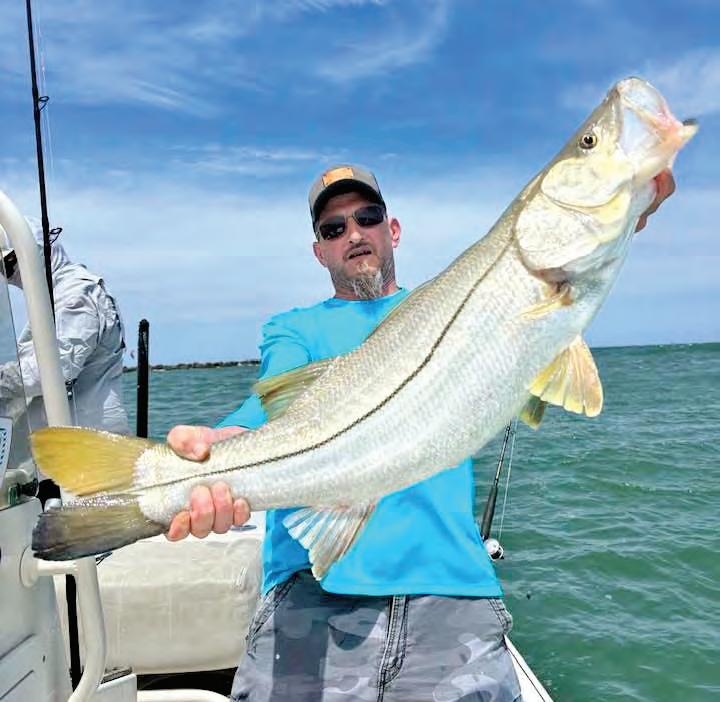
was through our region.
Trout are another one that seemingly almost went the way of the Dodo throughout our region. They are trying to make a comeback as well. These past couple winters have been exceptionally dry, our water has remained fairly clear, and as a result it has promoted very good seagrass growth. With that growth, we are seeing more forage fish, and we are seeing more trout throughout the whole Treasure Coast. Working two-
to four feet of water with soft jerk baits, split tails, or D.O.A. C.A.L.s are great ways to target trout. Finding the areas with the pins and pigfish seem to hold the best numbers of trout. If you are not feeling the “machine gun” bites from the pins and pigs and losing tails on your plastics, I would move on until you do.
Either I’m getting older or the summers are getting hotter. Or BOTH! Prepare for warm days ahead.
Awesome angler Ben Lewis shows a solid mangrove snapper!
PHOTO CREDIT: Capt. Bo Samuel.
A solid 36-inch snook that ate a live pilchard.
PHOTO CREDIT: Capt. Adam White.

ST. LUCIE COUNTY DEEP SEA
Capt. Scotty Gold
Miss Fort Pierce Fishing (772) 766-0191 www.fortpiercefishing.com
Juneis here and with it finally nice regular weather, making it more comfortable for those to go fishing. This spring the bottom has been unusually cool, but is beginning to warm up quickly, and the mutton, snapper and mangrove snapper are really starting to move in and school up before the spawn. We’re starting to see more mahi-mahi around on a regular basis and kingfish as well. Continue fishing for mutton and grass snapper in depths of 50to 120-feet of water focusing on a structure for the mangroves and the sand adjacent to the structure for the muttons. Any finger baits work well.
We’re also awaiting the word from NOAA Fisheries on our standing of red snapper for 2025. For now, we’re at the mercy of them, but in 2026, it looks like the state of Florida will have the right to govern our fishery in the state. Look out for the dates and if you’re interested in fishing for red snapper the Miss Fort Pierce fish
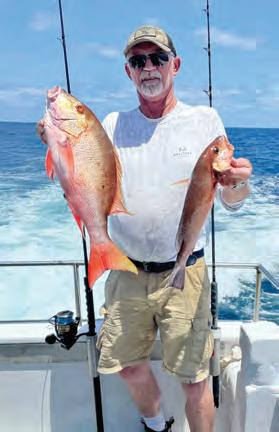
will offer 11-hour trips exclusively for them on the regulated days.
The Miss Fort Pierce will continue to sail all day, every day on our allday schedule and fishing Wednesday and Friday nights from 4 p.m. until 11 p.m. We also have some select 12-hour specialty trips scheduled throughout July and August. Go to our website at fortpiercefishing.com for more information and make your reservations. We look forward to meeting everyone on board.
Tight lines.
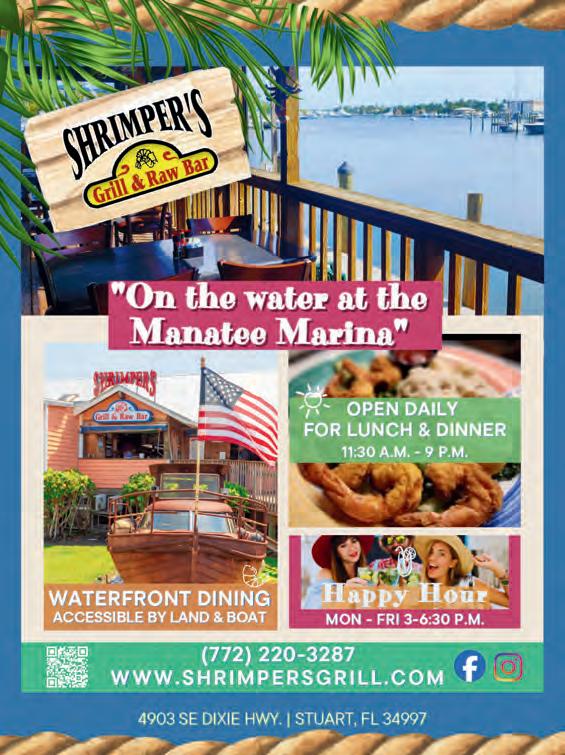
PHOTO CREDIT: Miss Fort Pierce Fishing.
Come get in on the catch aboard the Miss Fort Pierce!

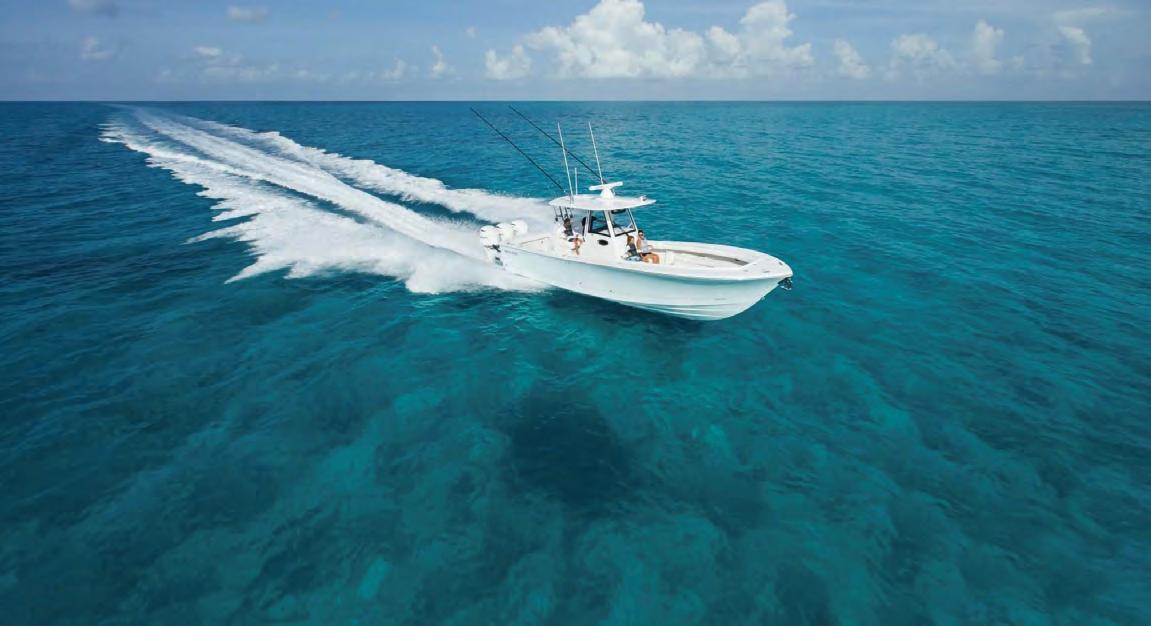















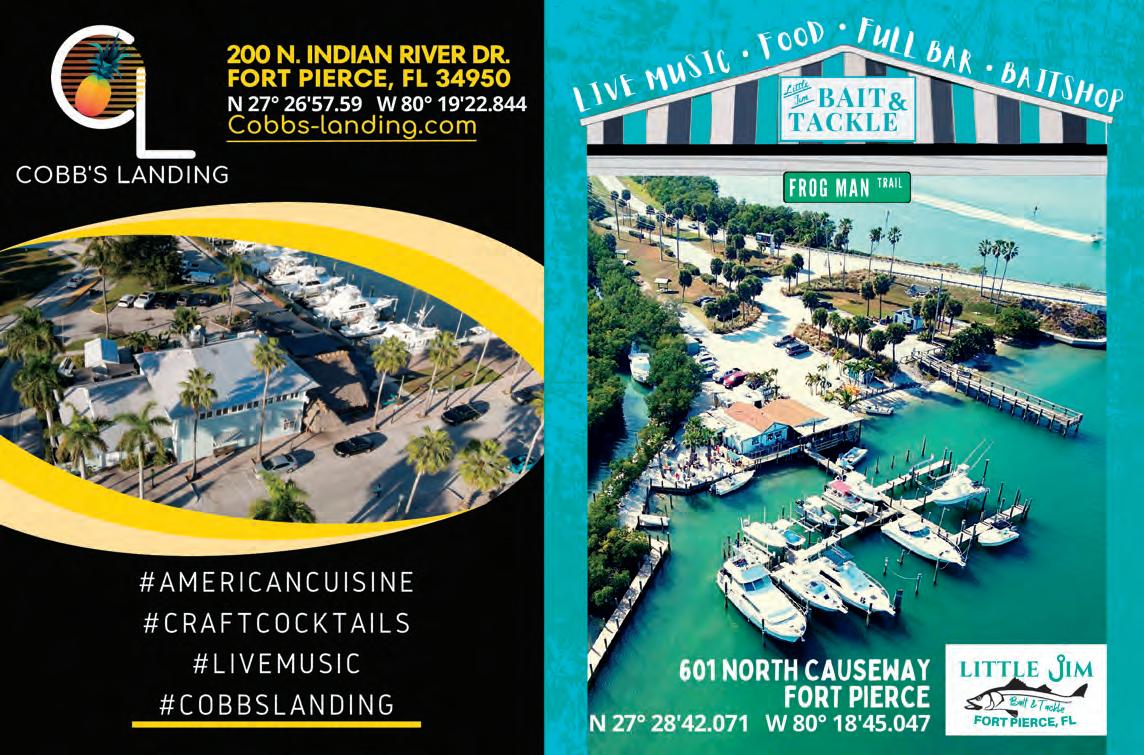

Throw Yourself a Bone
The very best hunting knives possess a perfect balance of form and function. They’re carefully constructed from fine materials, but also have that little something extra to connect the owner with nature. If you’re on the hunt for a knife that combines impeccable craftsmanship with a sense of wonder, the $79 Huntsman Blade is the trophy you’re looking for.
The blade is full tang, meaning it doesn’t stop at the handle but extends to the length of the grip for the ultimate in strength. The blade is made from 420 surgical steel, famed for its sharpness and its resistance to corrosion.
The handle is made from genuine natural bone, and features decorative wood spacers and a hand-carved motif of two overlapping feathers— a reminder for you to respect and connect with the natural world.
This fusion of substance and style can garner a high price tag out in the marketplace. In fact, we found full tang, stainless steel blades with bone handles in excess of $2,000. Well, that won’t cut it around here. We have mastered the hunt for the best deal, and in turn pass the spoils on to our customers.
But we don’t stop there. While supplies last, we’re including a pair of Stauer Flyboy Optics® Sunglasses— a $99 value —FREE with your purchase of the Huntsman Blade.
Your satisfaction is 100% guaranteed. Feel the knife in your hands, wear it on your hip, inspect the impeccable craftsmanship. If you don’t feel like we cut you a fair deal, send it back within 30 days for a complete refund of the item price.
Limited Reserves. A deal like this won’t last long. We have only 1120 Huntsman Blades for this ad only. Don’t let this beauty slip through your fingers. Call today!
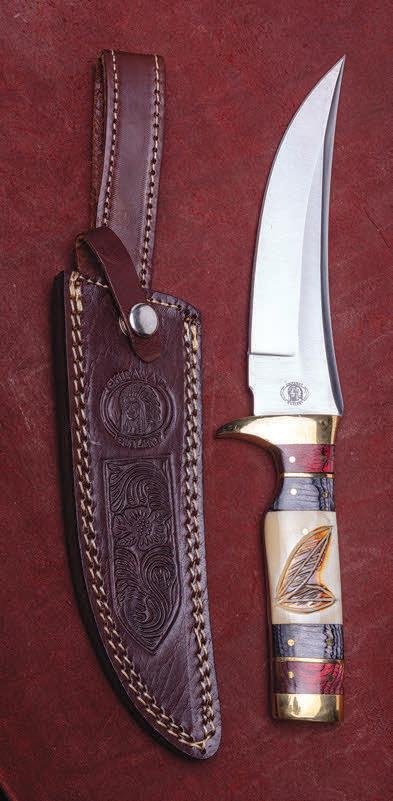



Flyboy Optics® Sunglasses a $99value
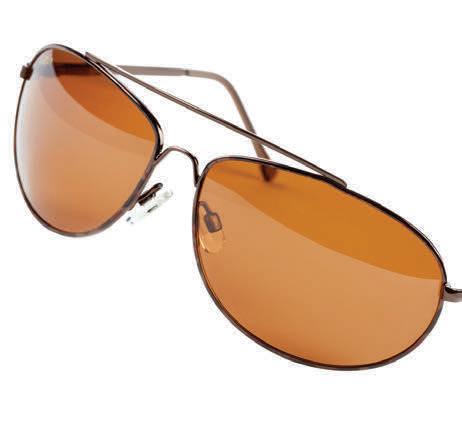

What Stauer Clients Are Saying About Our Knives
“This knife is beautiful!” — J., La Crescent, MN
“The feel of this knife is unbelievable...this is an incredibly fine instrument.”
— H., Arvada, CO


please call
Proposition 65 regulations before


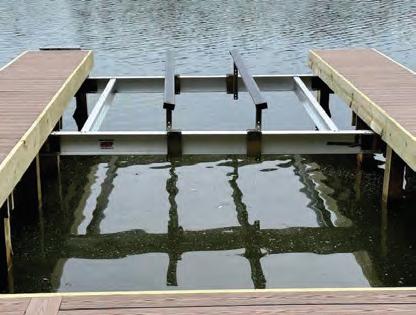
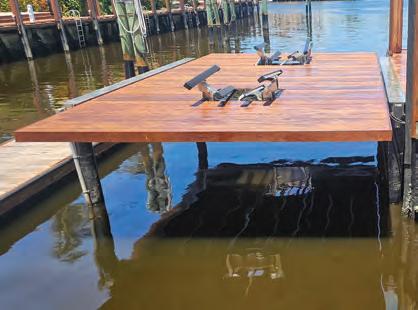
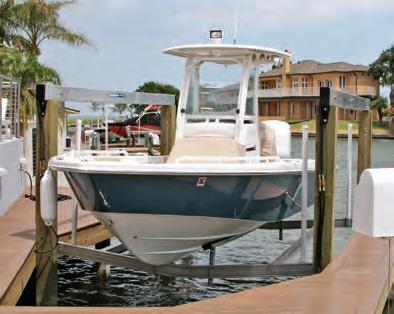

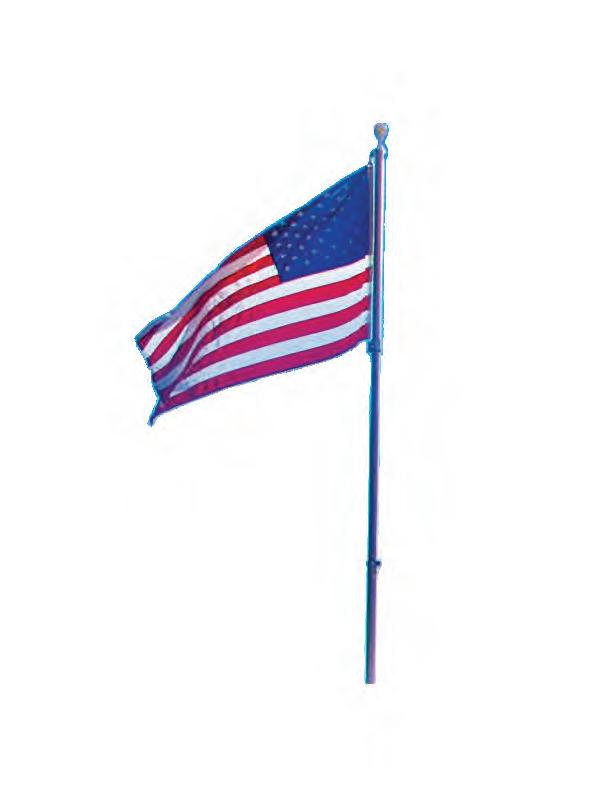
Durable boat lifts expertly designed with Florida in mind.
ShoreStation hydraulic boat lifts are a reliable choice for coastal residents and boating enthusiasts alike. Their strong construction, made with corrosion-resistant materials, allows them to withstand harsh environmental conditions, including sun, storms, and saltwater damage. ShoreStation provides a steadfast solution for protecting waterfront investments, o ering peace of mind to owners in the Sunshine State.
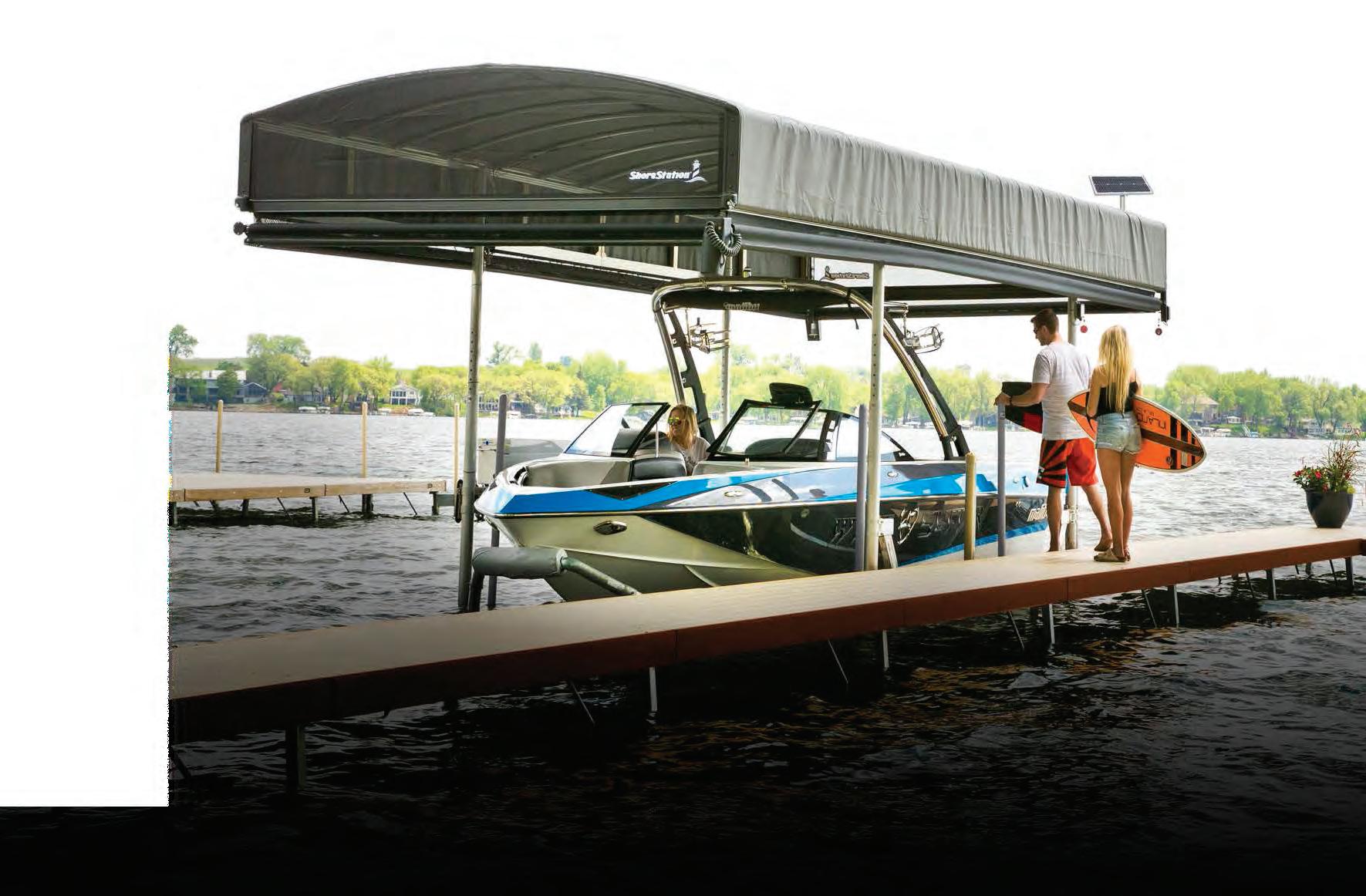
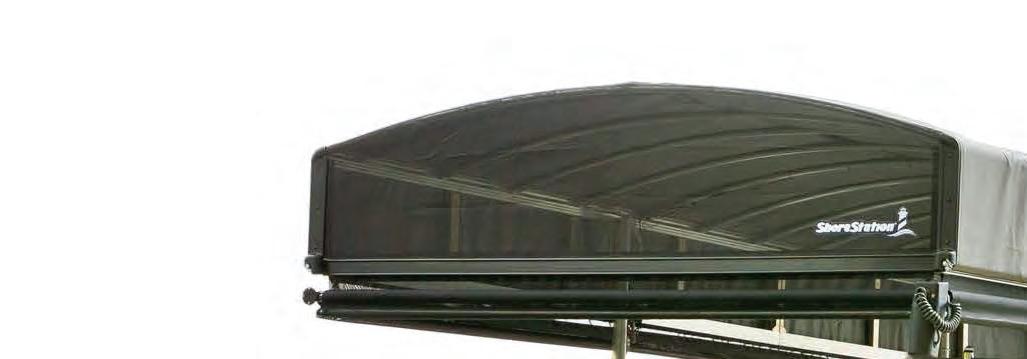
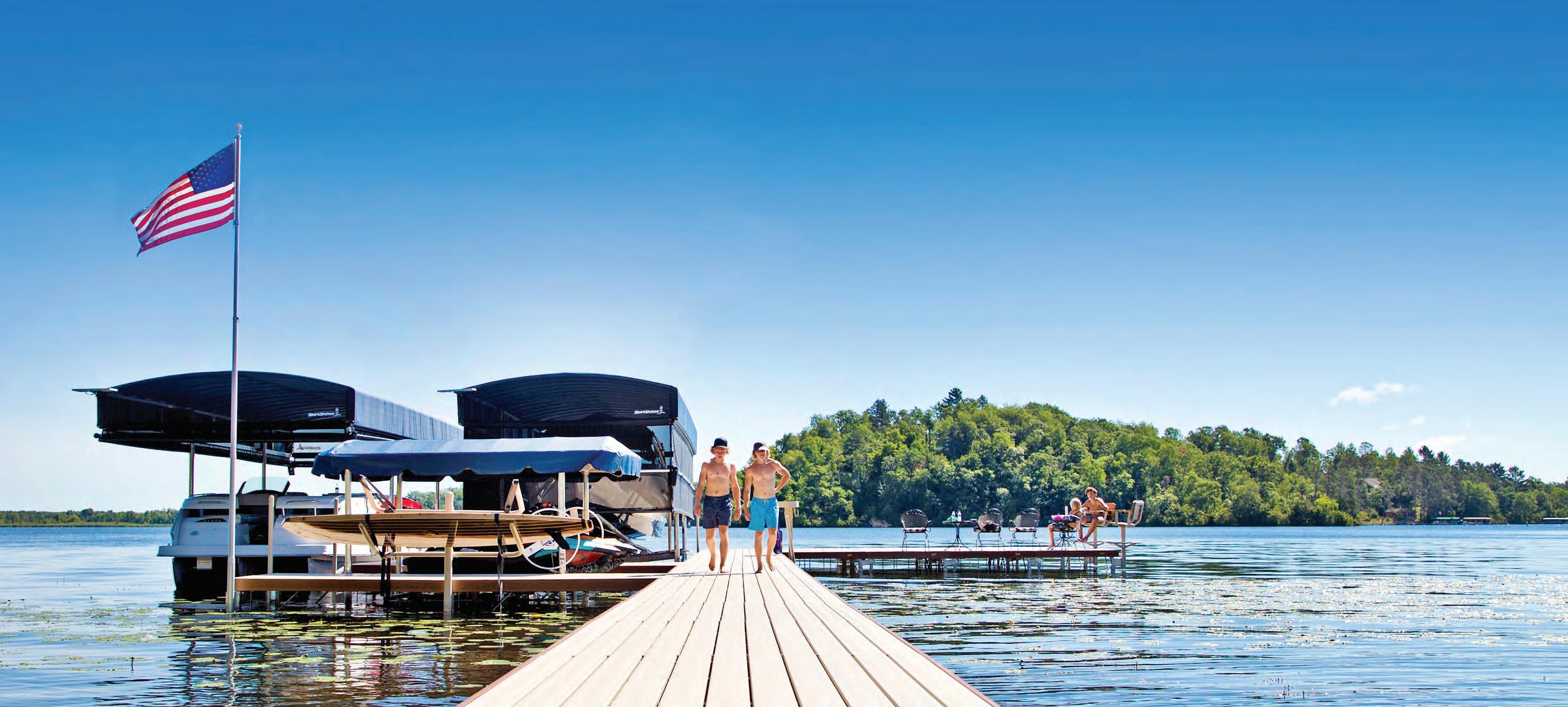

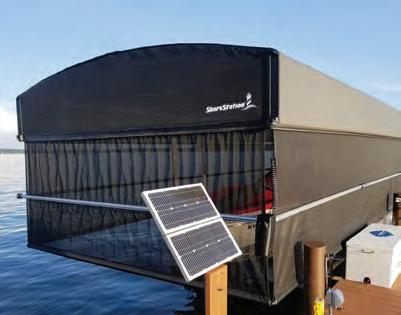
Under Deck Boat Lift
Four Piling Boat Lift
Deck Over Boat Lift

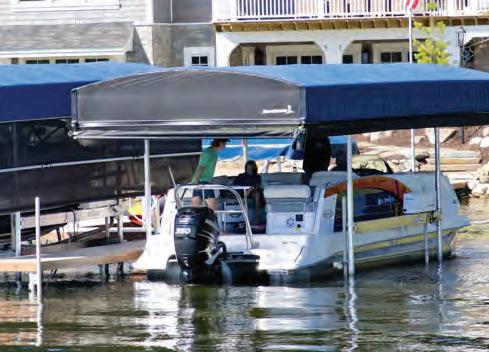
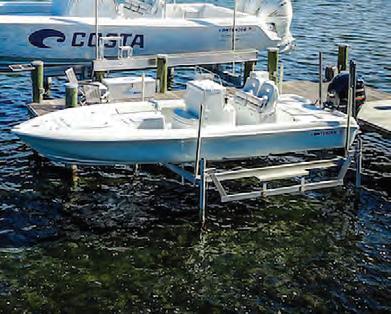
REVOLUTION™ Series Canopy Cover
Equipped with exceptional weather resistant fabric and breathable SunTex 80 woven mesh ends for maximum protection and durability,

Quickly Secures Boat
Made from the highest quality materials, our innovative hydraulic boat lift is one of the fastest and safest lifts on the market today. When you have a hydraulic lift, there’s no need to worry about wind and waves getting in your way. This lift will give you con dence to safely land and secure your boat in less-than-ideal conditions.
Solar Battery Charging System
Never miss another moment on the water. Power your lift with clean, free solar power. Our speedy 20 watt charger features solar regulator drainage protection, saving your battery from permanent damage caused by overcharging.



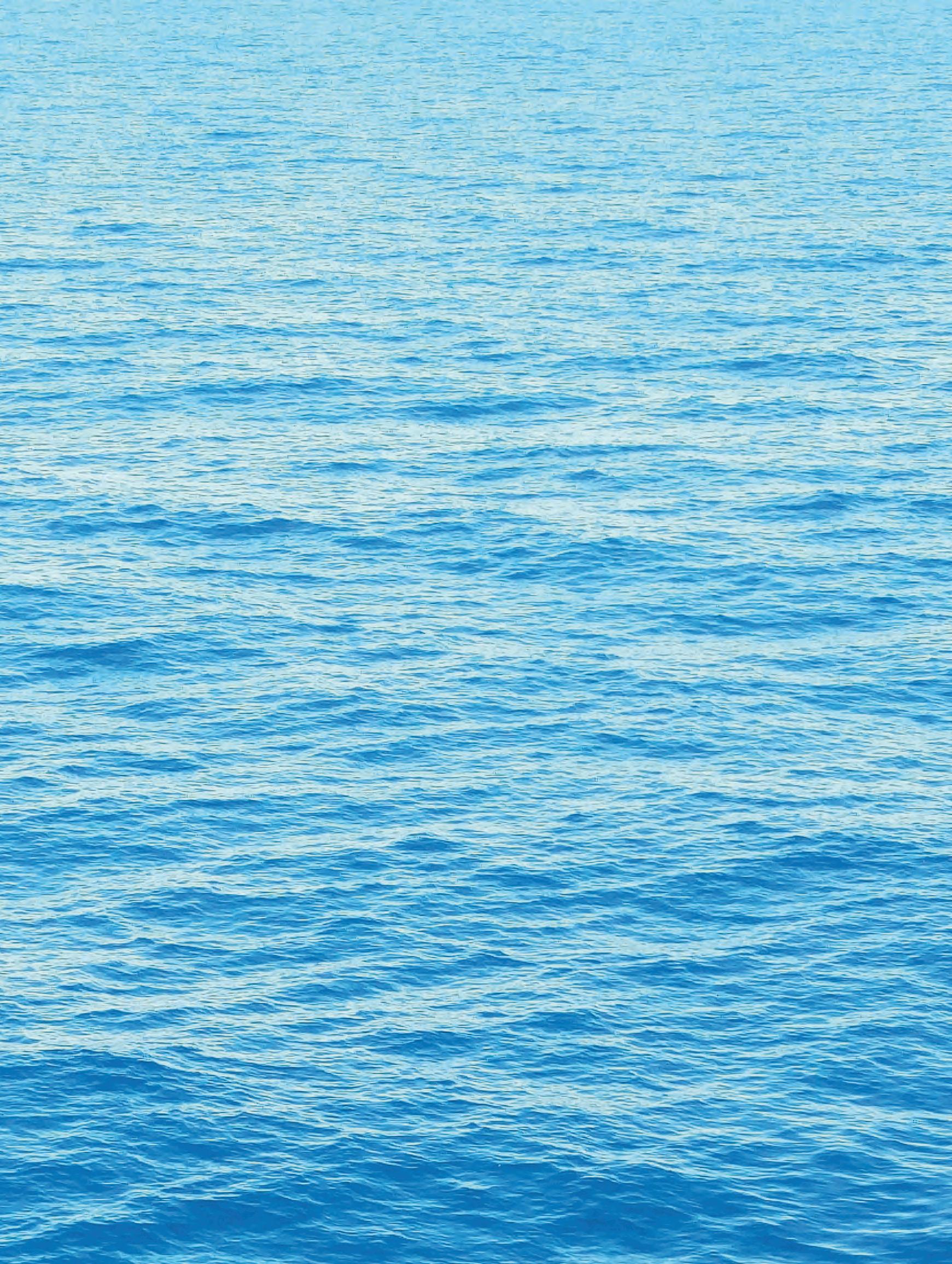
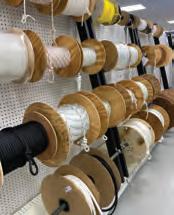
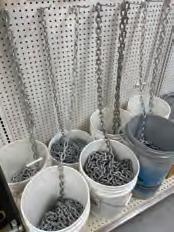
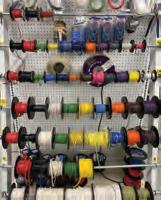
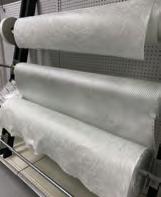
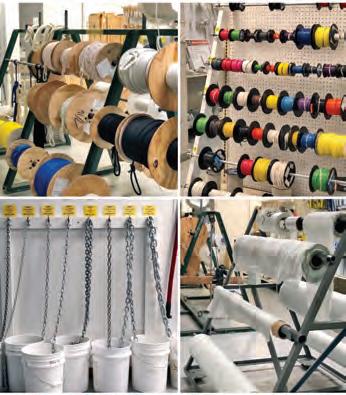
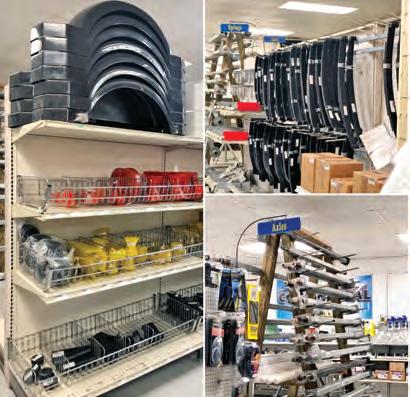




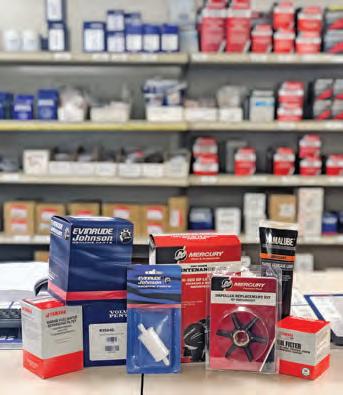
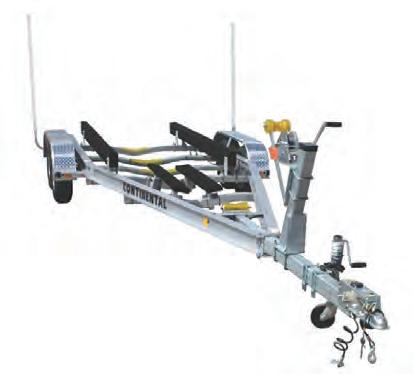
















GO DEEP(ER)
Tim Barefoot
I’ve written quite a few articles on the tactics I used to catch grouper on the edge and inside the edge with bait in a decoy jig in the past, but now is a good time to push out a little further to see what’s up in the 350 to 500+ foot depth range. !is type shing may require you to change gears on your thought process and/or tackle, but you may be pleasantly surprised with the results.
First o , you will want to use a spinning rod with backbone and a lighter braided line. I’m not going to suggest any tackle manufacturer for rod, reel or line, but the line in the jig is the most important part of this equation. I know this sounds crazy, but you can get away with braid, a small is 20 pound test connected to a short 6-foot shot of uorocarbon leader, and catch the big boys from the deep. When you sh ledges, wrecks and rock homes, you have to use heavier tackle to coerse the grouper and big snapper out of the structure, but in the deep the sh tend to congregate around bait, and there is very little structure out there for them to get you in. !e bait out there consists primarily of squid—the universal bait for all the seven seas of this planet, period. Squid are present at all depths, from the surface at night to their migration back to the deep by day; just ask any sword sh. Ha!
!is deeper water shing may also require a change in electronics. In order to mark the sh and bait you need to have enough power to send the signal and

get a return. You can run all over creation trying to mark sh or bait in vast areas of water, but having the correct electronics will assist in this greatly. Once you start marking the blue-speckled screen on the bottom, you know you’re in squid. I’ve always said it, but when you nd the bait you found the sh. Once you mark the bait, more than likely, it will be squid and it’ll be time to drop in the correct jig.
I’ve made several videos using the 4 ounce (so plastic) Squid Jig, but I’ve also had a 6 oz. size made. A 10 inch mold cra ed squid, trimmed properly, can be very e ective at times. Fish like a champ on the 6 ounce headed down deep. !e jig stays perfectly horizontal and jumps like the 4 ounce, and everything down there sucks it up. I’ll be publishing videos soon on this.
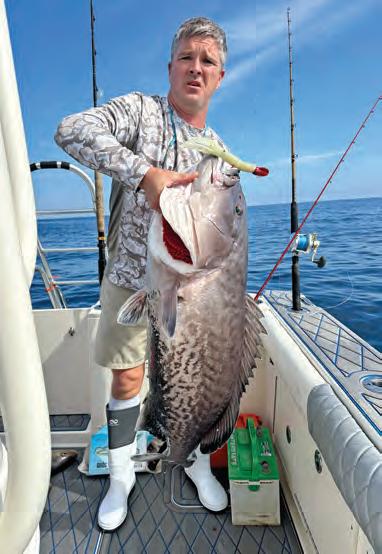
I’ll close with this: nd the bait and you’ll nd the sh...using the correct electronics. Once you nd the bait/ sh, drop in the correct jig that imitates what they eat on a daily basis and you’ll get the bite. And one more very important note. Pay close attention to the MPAs, which are marine protected areas, and seasons you can sh in them. You need to be well informed of where you are when you nish shing and what you could put in the cooler. You have to play by the rules.
Check out Tim Barefoot’s YouTube channel and website, barefootcatsandtackle.com.
CAST LURES IN A MITZI TOURNAMENT 17
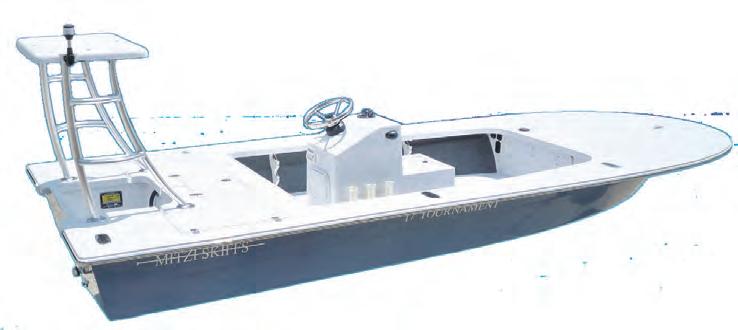

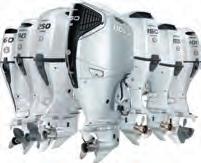
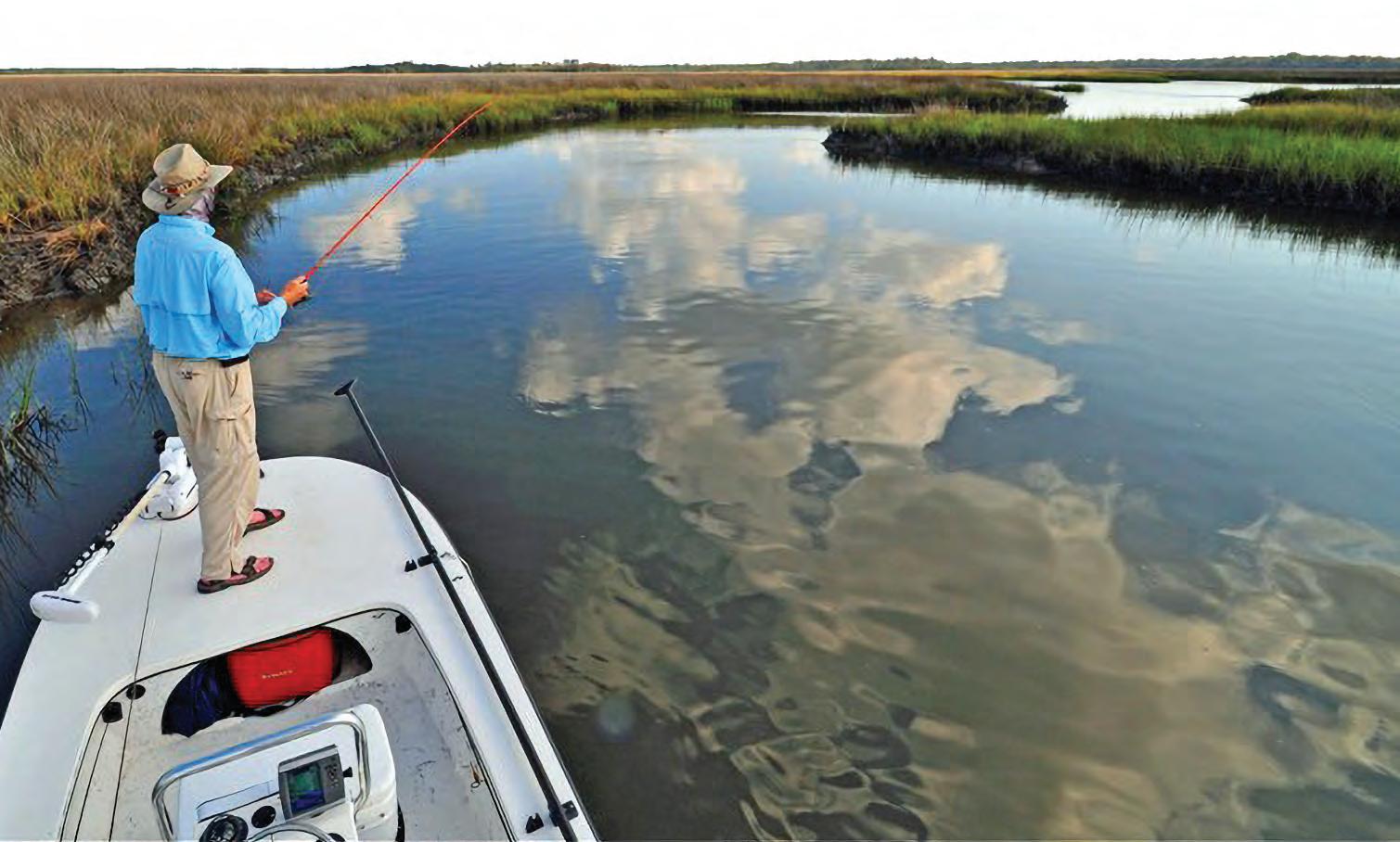
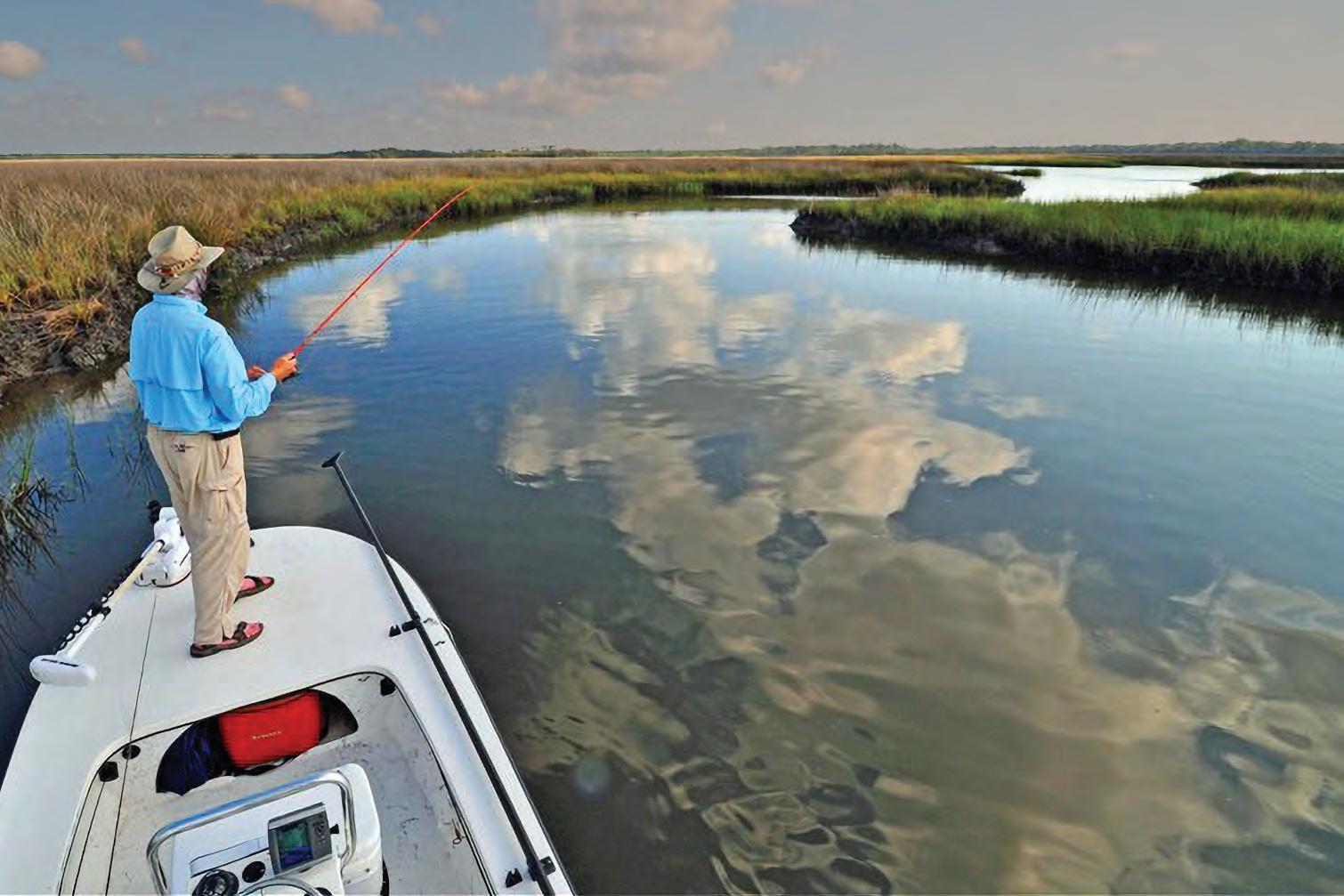
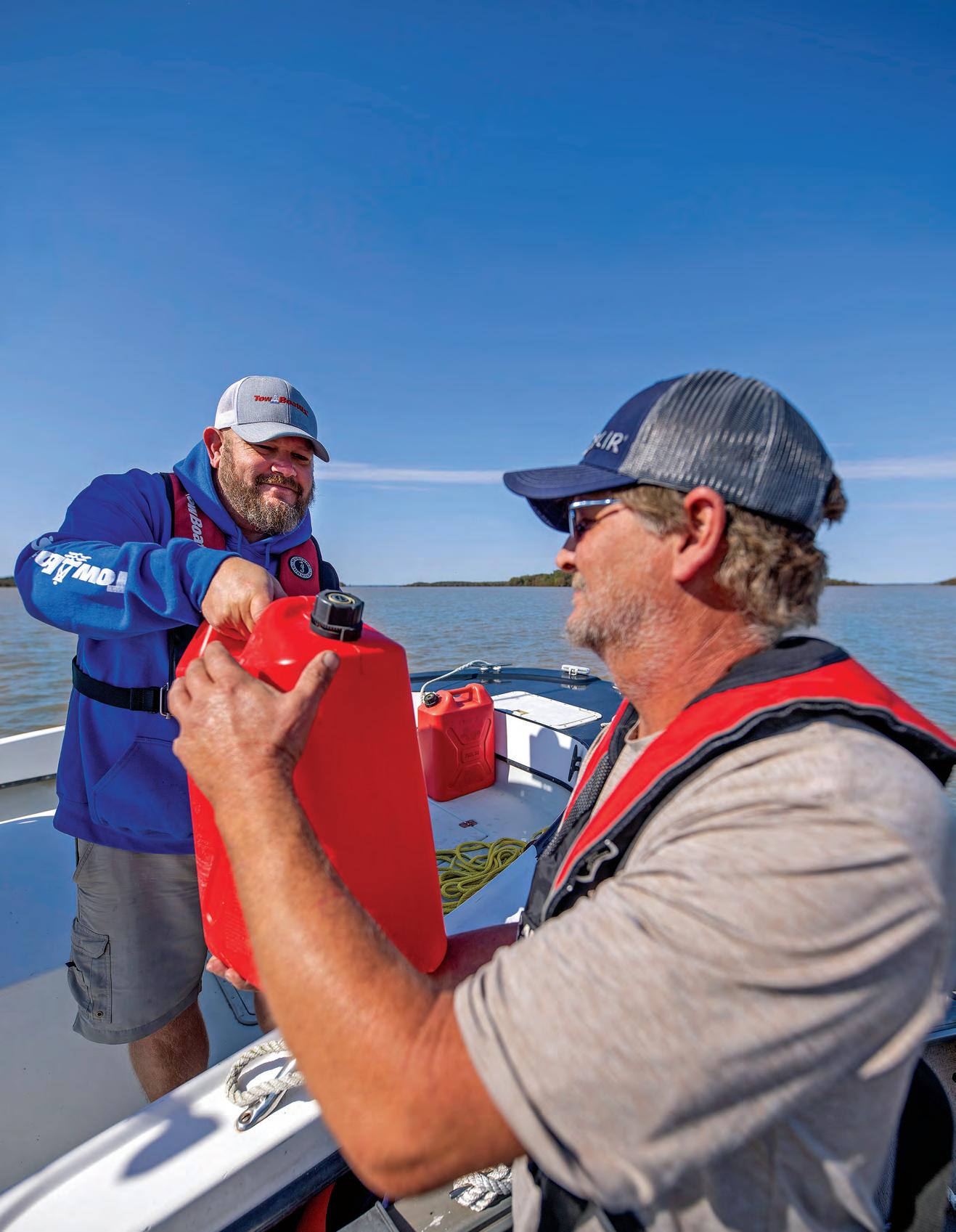
EMPTY TANK?



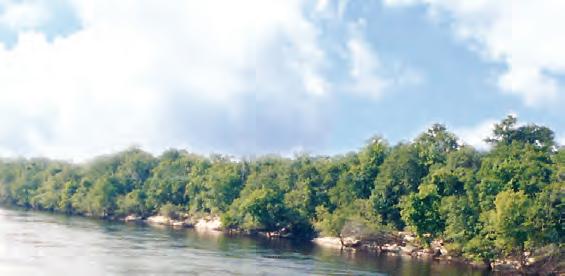
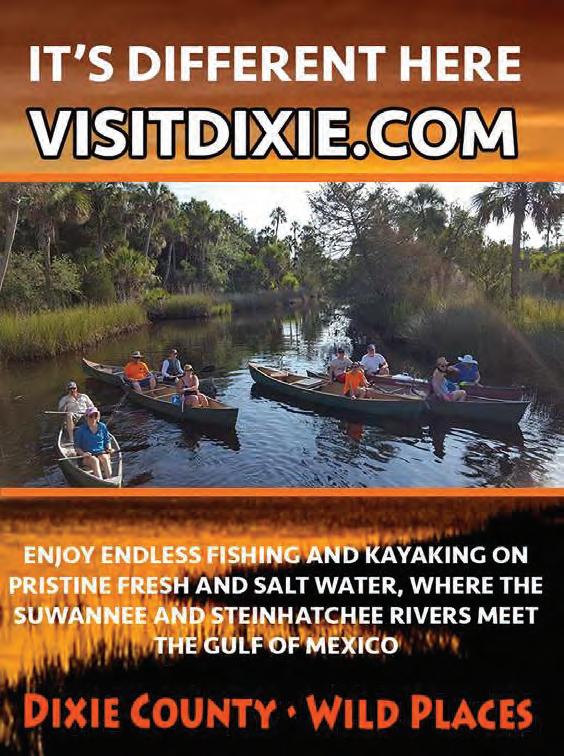


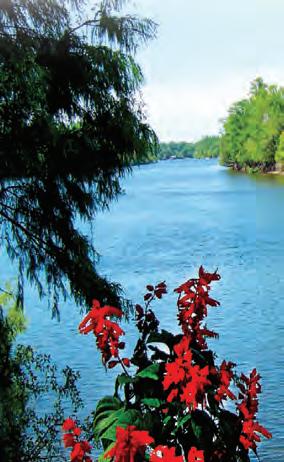
TIPS FROM A PRO
FISHING A BIG WORM
hile there are many ways to target bass, one method consistently stands out— shing with a big worm.

Worm shing may not be the ashiest technique, but it allows you to present your bait from a distance and work it slowly—ideal for tempting big, cautious females that ignore faster presentations.
One of my go-to techniques is casting a Texas-rigged stick bait. It’s a common tactic, but many anglers waste time casting at dead water. I focus on high-percentage areas, such as isolated patches of grass or lily pads. Even when the sh aren’t visible, they o en hold tight to this type of cover. Similar results can be achieved by targeting wood or rock. Make multiple slow retrieves through these areas for best results.
I prefer a larger 6” stick bait in dark colors like black and blue tip. For weights, 1/16 or 1/8 oz keeps the presentation subtle and natural. I recommend 17–20 lb uorocarbon, which o ers strength without sacri cing stealth—braid can be too intrusive here.
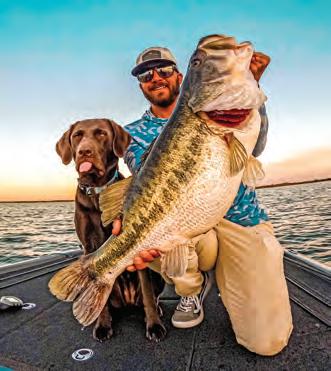
To cover more water and locate active sh, I switch to a big speed worm. While it’s a popular technique in Florida, where I predominantly sh, it works well across the country. !e bait’s vibration drives bass crazy, making it an excellent search tool. Once I nd sh with this method, I slow down and ne-tune my approach with other techniques. For stained water, I like darker colors like junebug; for clearer water, I use green pumpkin with ake. Weight ranges from 1/8 to 1/4 oz depending on depth and wind. Fluorocarbon in the 15–17 lb range is ideal here too.
Another e ective presentation is the wacky rig. It’s a more subtle approach and shines in pressured waters. Like with the Texas rig, I cast this bait weightless to isolated cover. I use lighter line and a spinning setup—typically 10–15 lb leader—adjusting based on cover density. In dirty water, I stick to dark colors; in clearer water, I go with more natural tones.
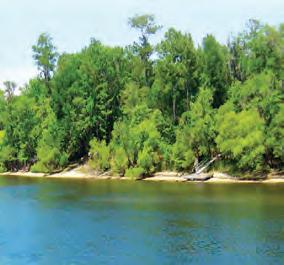

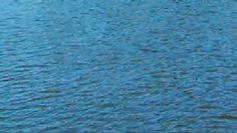

Flipping a worm is another technique I use, especially when there’s a lot of heavy cover. While not as stealthy, ipping allows you to place the bait precisely where other rigs can’t reach. I use large Senko-style baits, braided line, and heavier weights (3/8 to 3/4 oz) to penetrate thick vegetation. It’s perfect for pads, long banks, and heavy wood or grass. !e key is to sh slowly and thoroughly, putting your bait where others haven’t.
Rod and reel setups vary slightly depending on the technique. For most casting and ipping styles, I like a longer rod—around 7’6”— with medium-heavy to heavy action. !e 13 Fishing Omen Series has a few ideal models. I pair these with a high-speed baitcasting reel like the Concept A 7.5:1, which helps pull sh out of thick cover quickly.
For the wacky rig, I downsize to a 7’3” medium-heavy spinning rod. It o ers enough backbone to move sh but also provides the sensitivity and exibility needed when using lighter line. A spinning reel with a smooth drag is crucial. I recommend the 13 Fishing Axum, which o ers the control and power necessary for nesse shing around cover.
!ese worm shing techniques consistently produce. Whether you’re casting to isolated cover, ipping into thick vegetation, or working a speed worm through open water, there’s a big bass out there waiting to bite. I’m excited to put these methods to work—and hope they help you land some giants too.
Tyler Woolcott is a professional tournament angler and guide. Check out his website at www.tylerwoolcott shing.com.
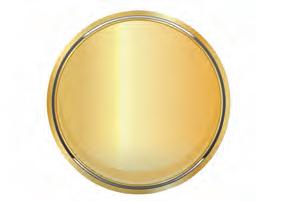

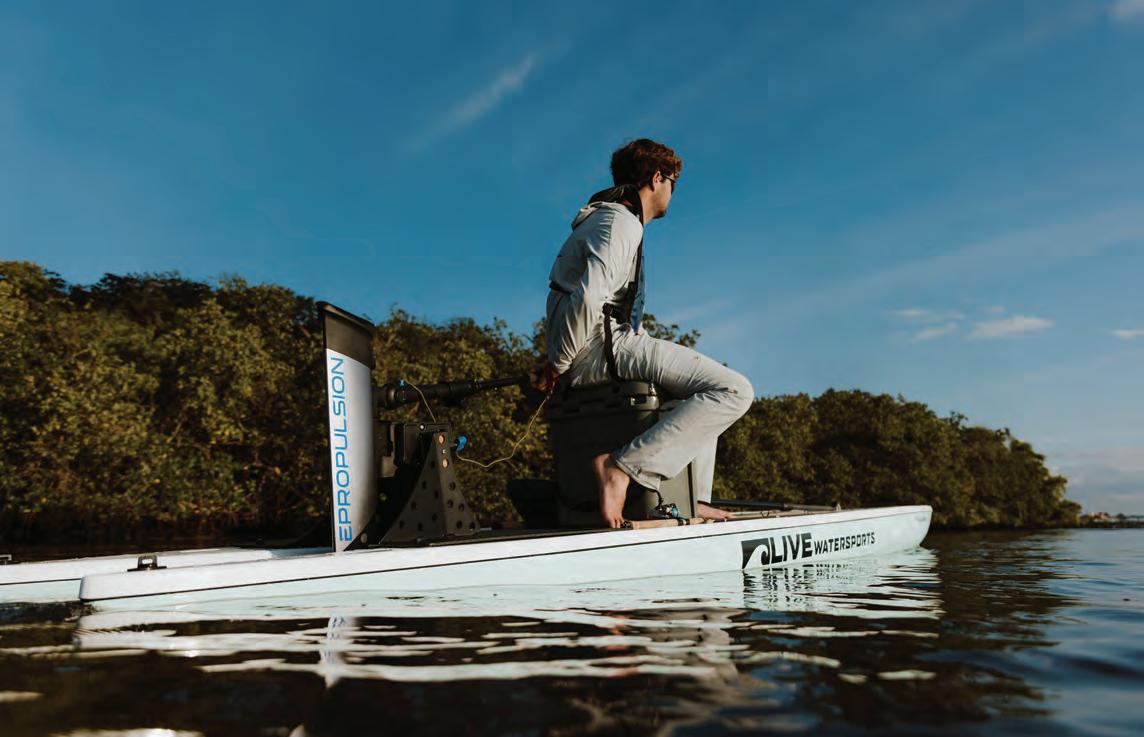





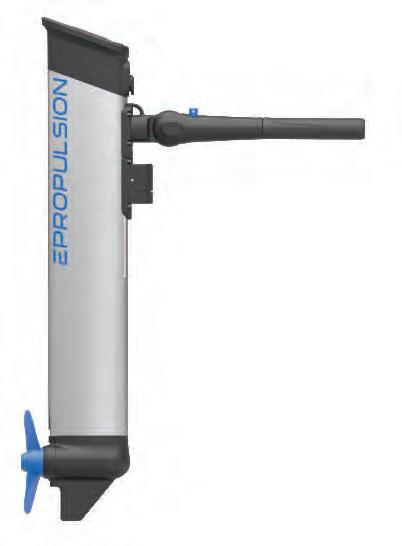
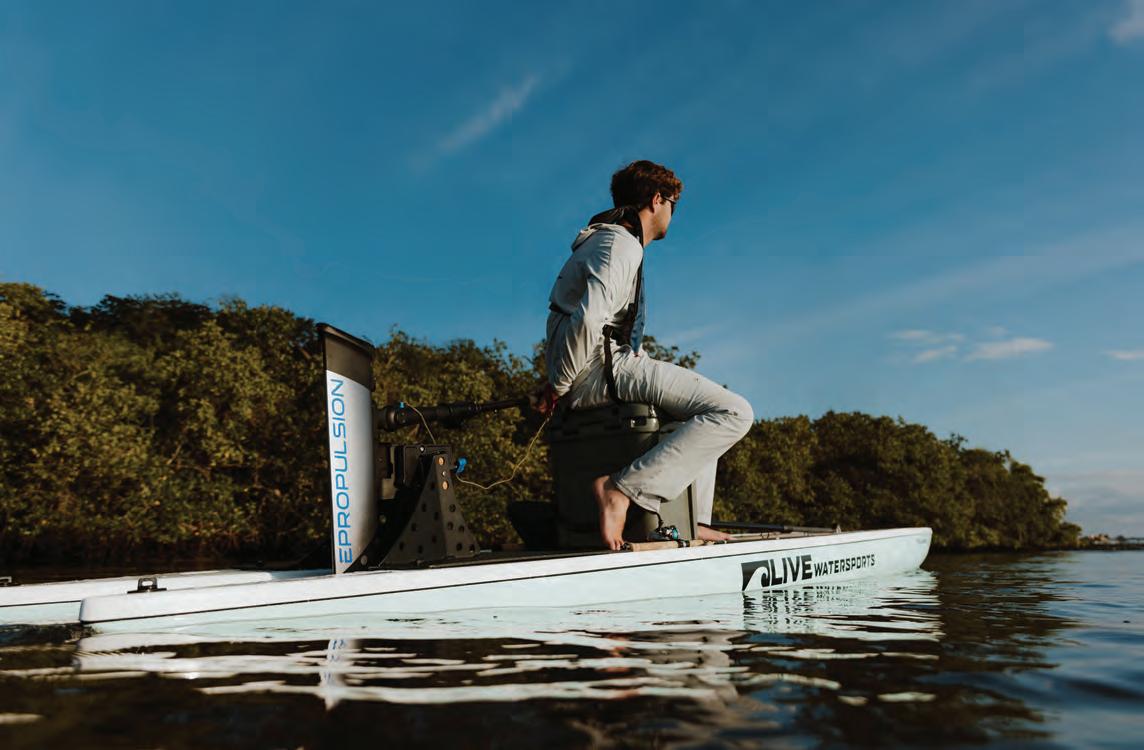




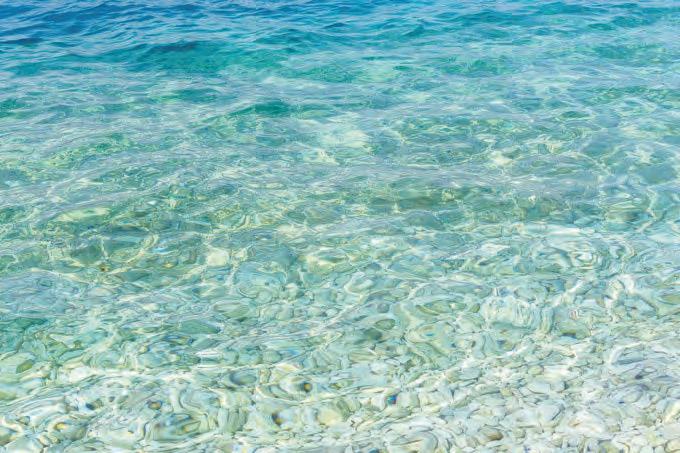




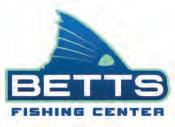

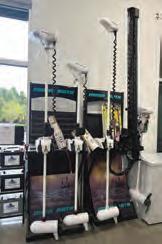
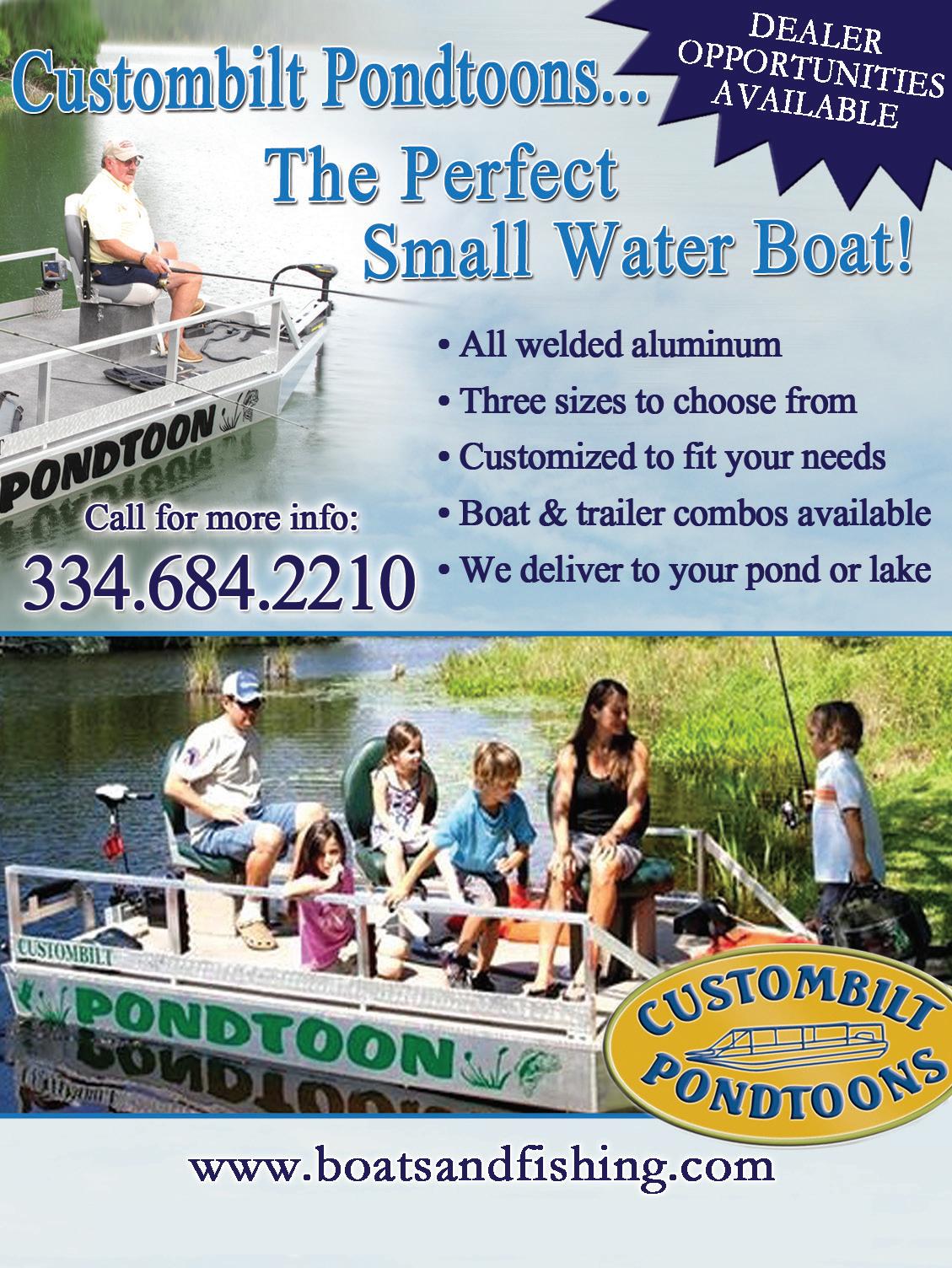
WHY BUY NEW WHEN YOU CAN RENEW?!?
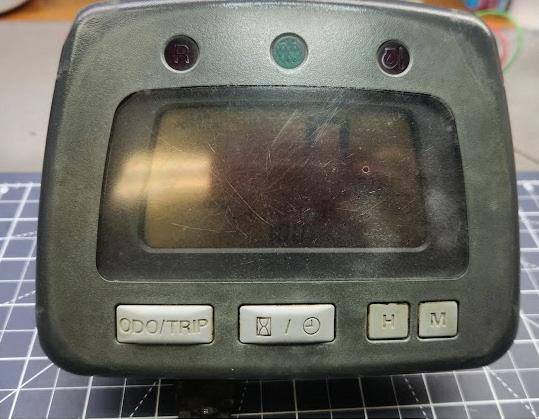
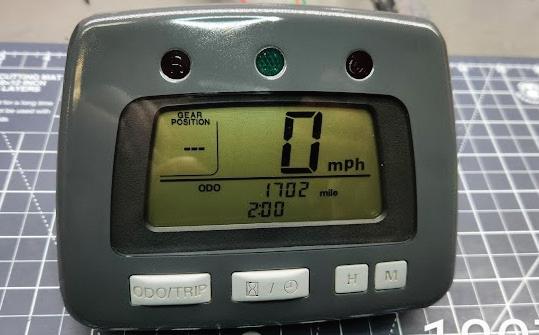
STATE RECORD FISH TITLE BROKEN THREE TIMES THIS YEAR!
For the third time in less than a year, Georgia has a new freshwater !sh state record spotted sun!sh!
Josh Forsythe of Homerville, GA (Clinch County) landed the newest record catch of 0 lb, 13 oz on May 5 from the Suwannee River. is almost 9-inch catch beats the previous state record tie of 0 lb, 12 oz, according to the Georgia Department of Natural Resources’ Wildlife Resources Division (WRD).
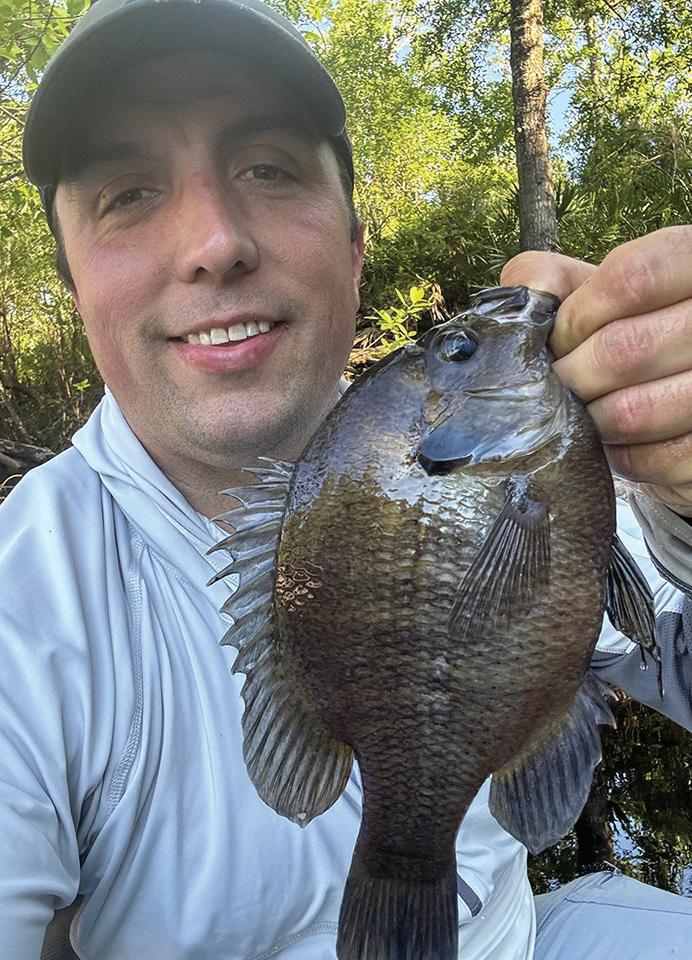
“My 5-year-old daughter and I were !shing for bream on one of my favorite rivers, the Suwannee, when I caught this spotted sun!sh,” said Forsythe. “I have been !shing this river for more than 15 years and it is one of my favorite places to !sh for good-sized bream, especially spotted sun!sh. I recommend waiting until river levels are below 4-foot and using top water bugs to catch giants, but a beetle spin or even a cricket or a worm on a cork will work.”
Spotted sun!sh are found in the Ocmulgee, Oconee, Altamaha, Ogeechee, Ochlockonee, Suwannee, St. Mary’s, Satilla and Savannah River basins. When angling for them, WRD recommends using worms, crickets, small spinners, ies and popping bugs.
“Maybe hearing about that state record tie for spotted sun!sh !red up some folks to land a new record – and we love to see it,” says Scott Robinson, WRD Chief of Fisheries. “Are you the next state record holder? Georgia has the best variety of angling opportunities across the state so Let’s Go Fish Georgia!”
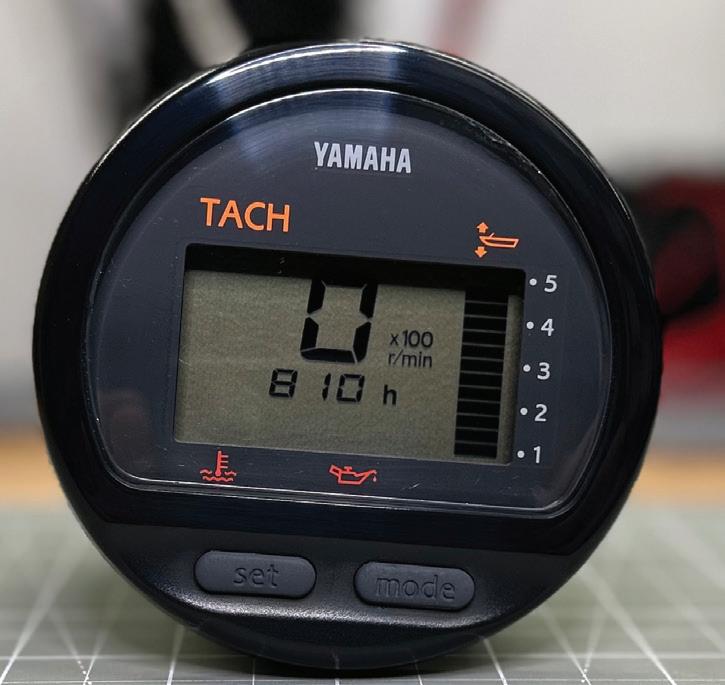

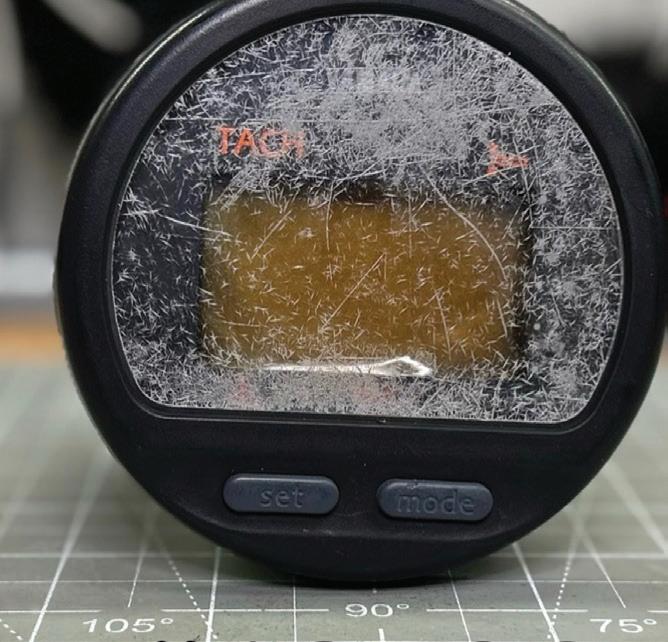


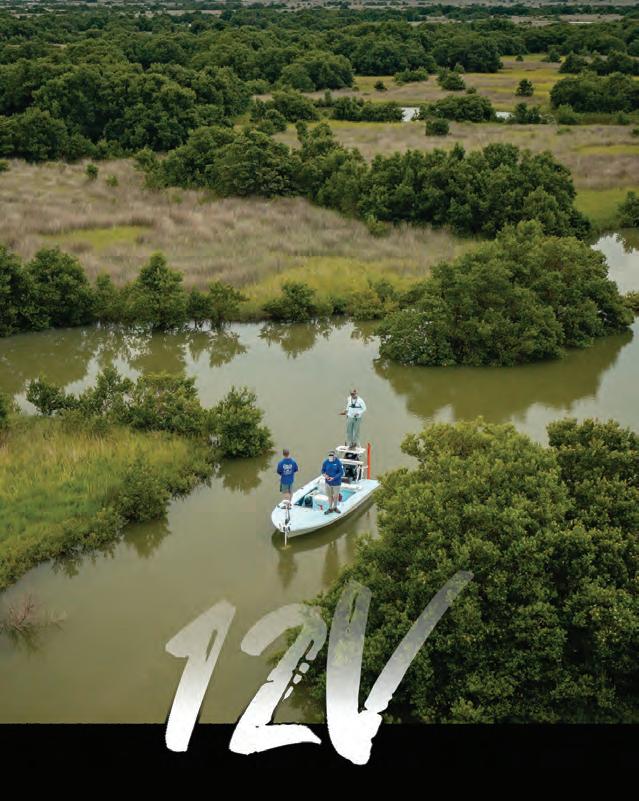
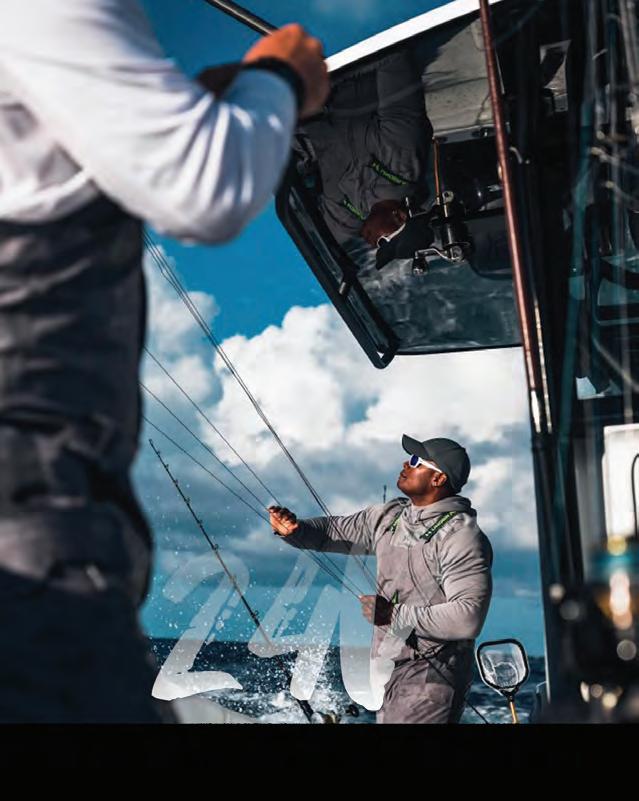



NC CERTIFIES NEW VERMILION SNAPPER RECORD
North Carolina‘s Department of Environmental Quality’s Division of Marine Fisheries recently established a new state record for Vermilion Snapper (Rhomboplites aurorubens).
Colby Shaw of Newport caught the 7-pound, 4-ounce sh o Morehead City on April 18, 2025. !e previous state record was 6-pounds, 9-ounces landed out of Ocean Isle in 2009.
Shaw was shing in his own vessel, o shore south of Beaufort Inlet when the sh struck his cut bait. Shaw made quick work of reeling in his state record sh, landing it using his Shimano rod and reel with 65-pound braid.
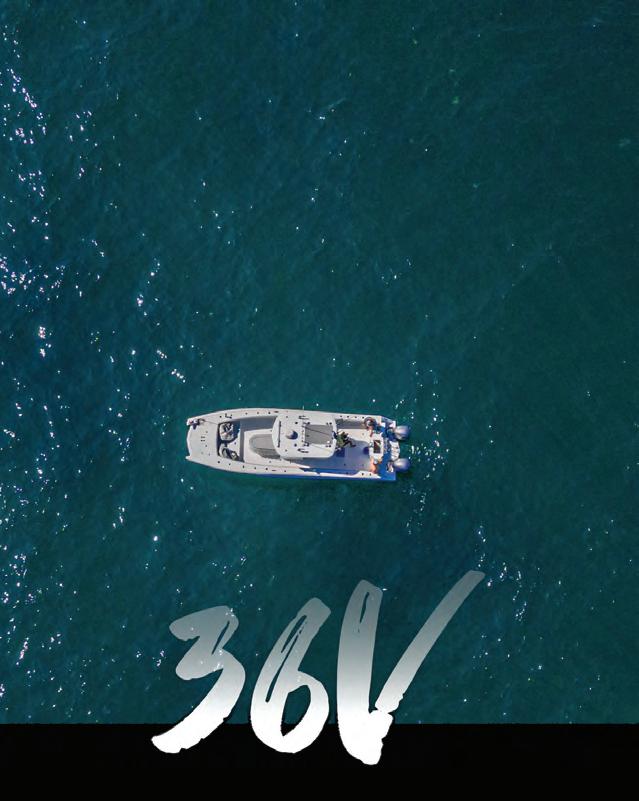



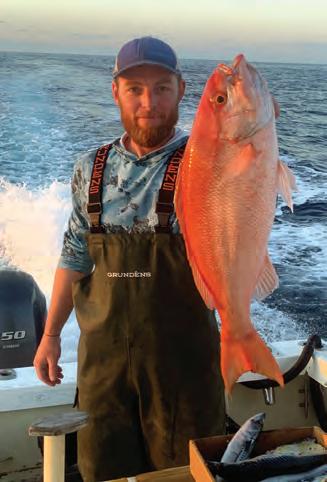
Shaw’s sh measured 23.5-inches fork
to the fork in the tail) and had a 17-inch
sheries sta at the Morehead City Headquarters
!e
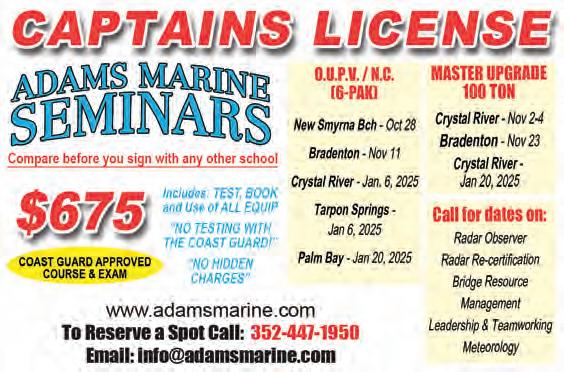



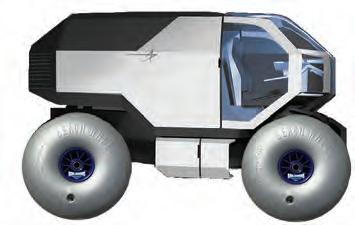

Division of Marine Fisheries.
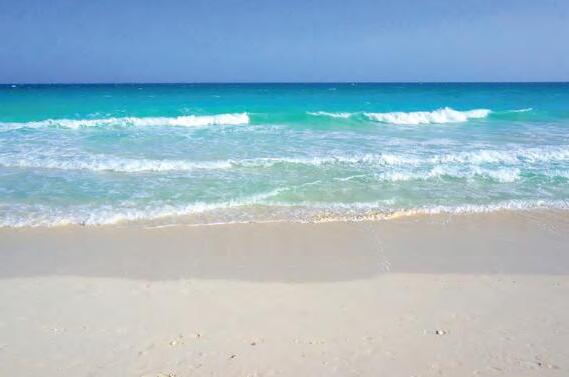





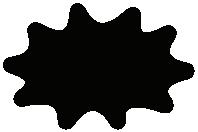


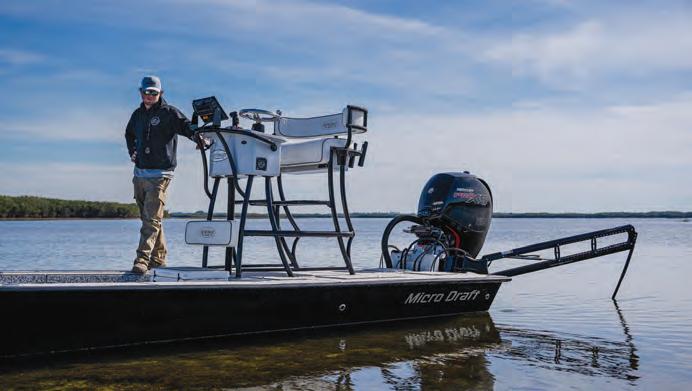




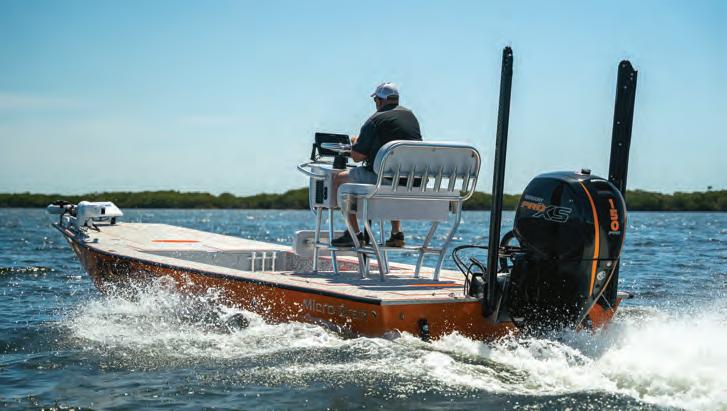
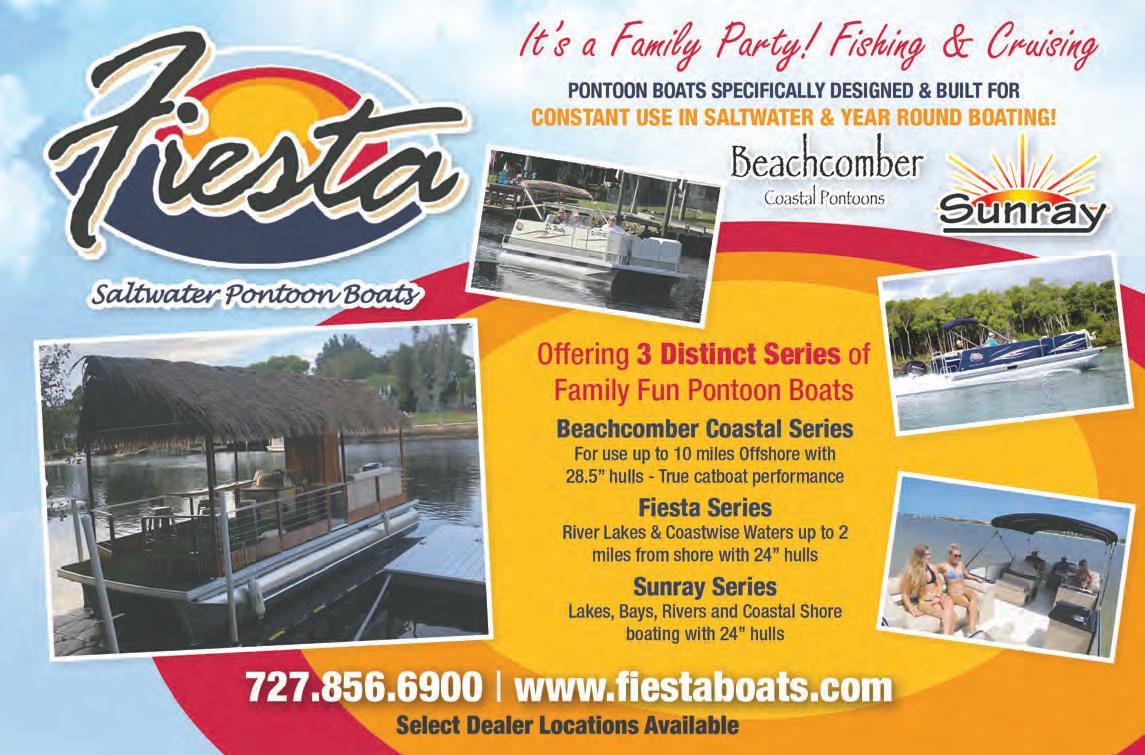
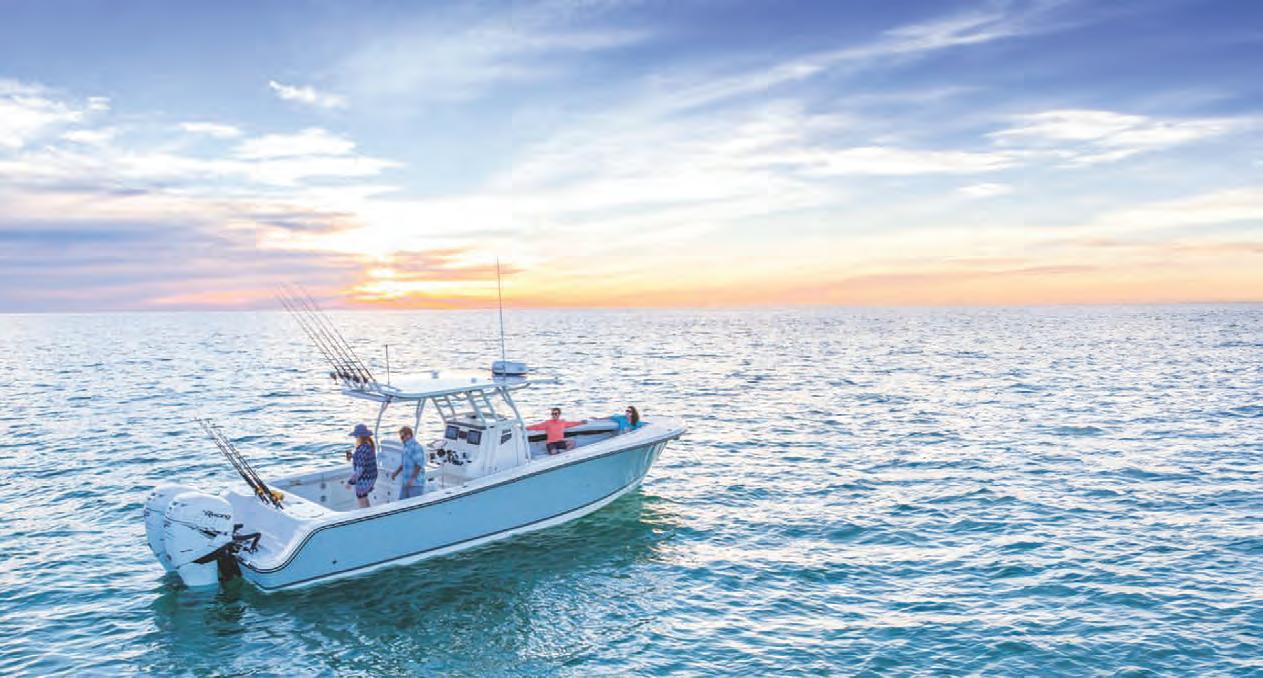


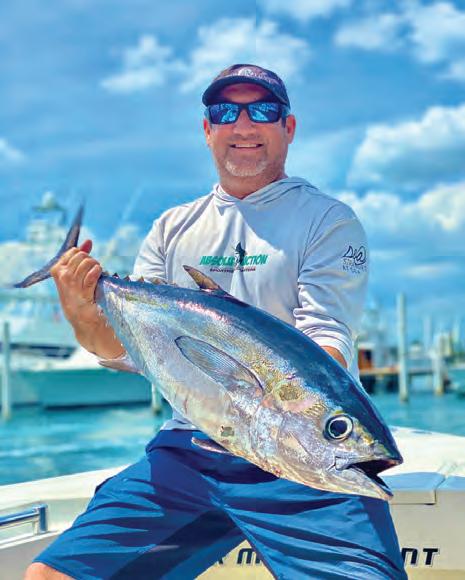





Bill Dance Signature Lakes O er Impactful Improvements to Tennessee’s Fishing Waters
By David Haggard & Heather Lose
Representatives from Tennessee Wildlife Resources Agency, Tennessee Department of Tourist Development, and Tennessee State Parks celebrate the ribbon cutting of the Bill Dance Signature Lakes project at the Bassmaster Classic in Knoxville on March 25, along with the project’s namesake. Photo Courtesy of the Tennessee Department of Tourist Development:
